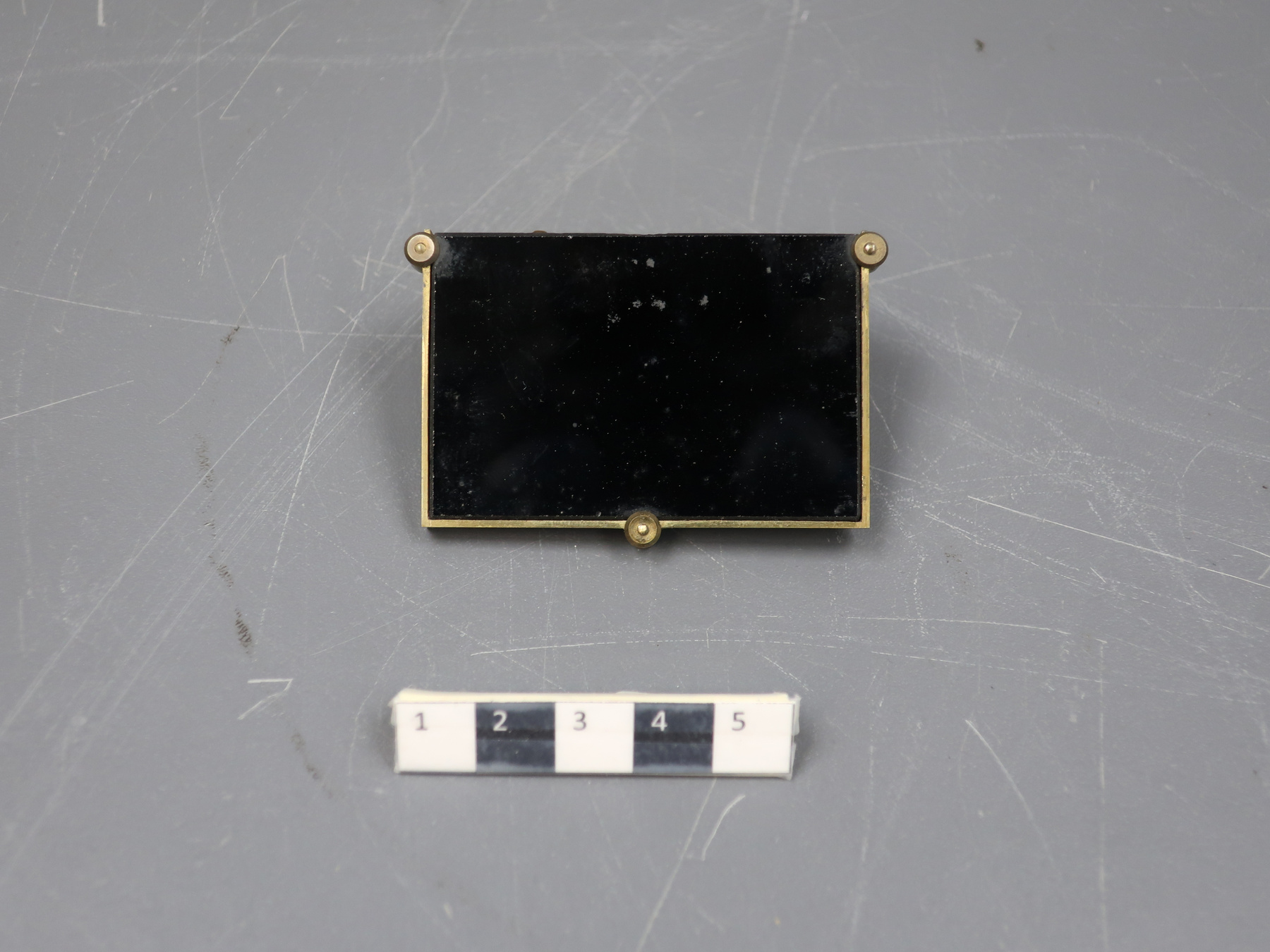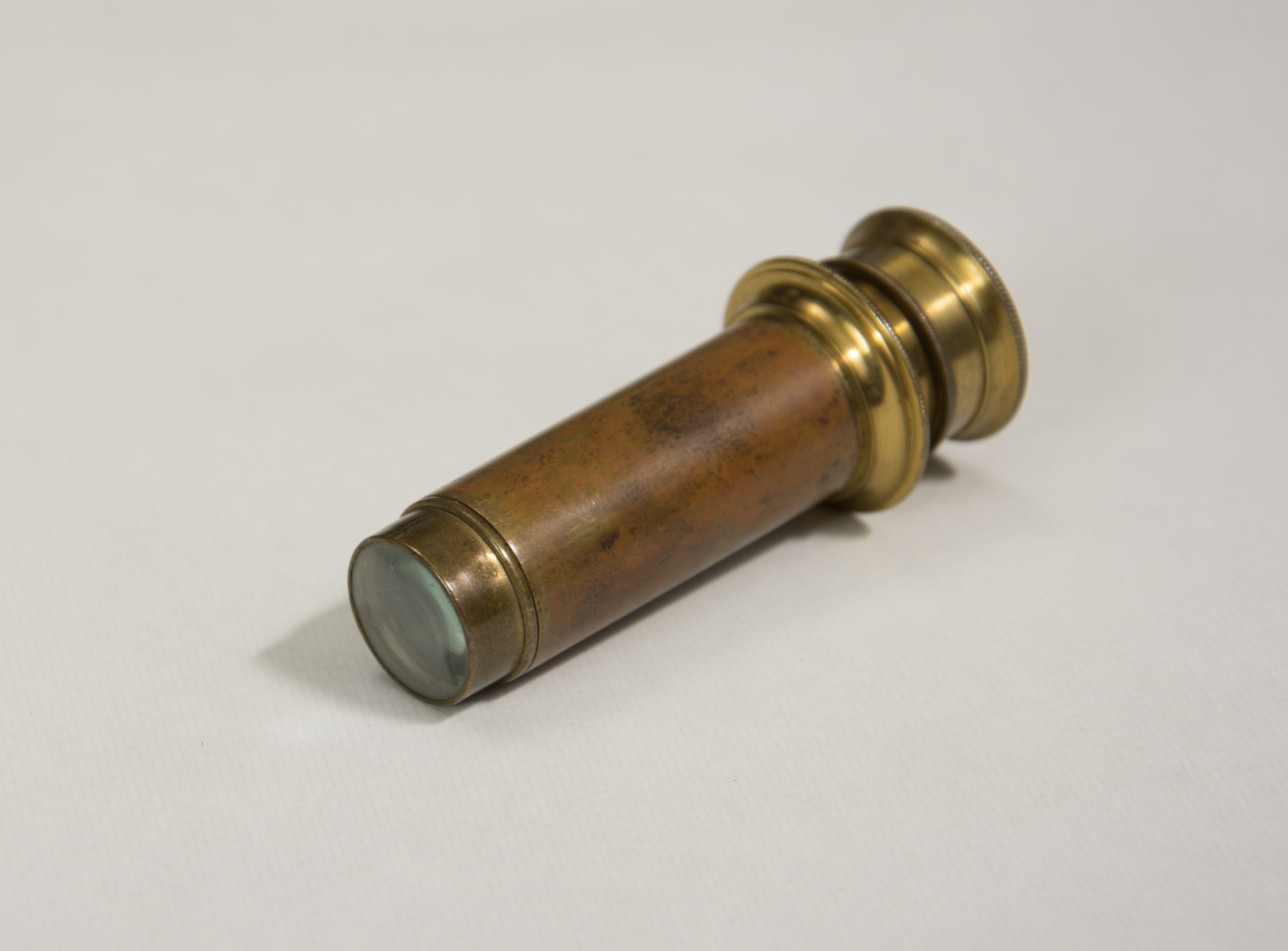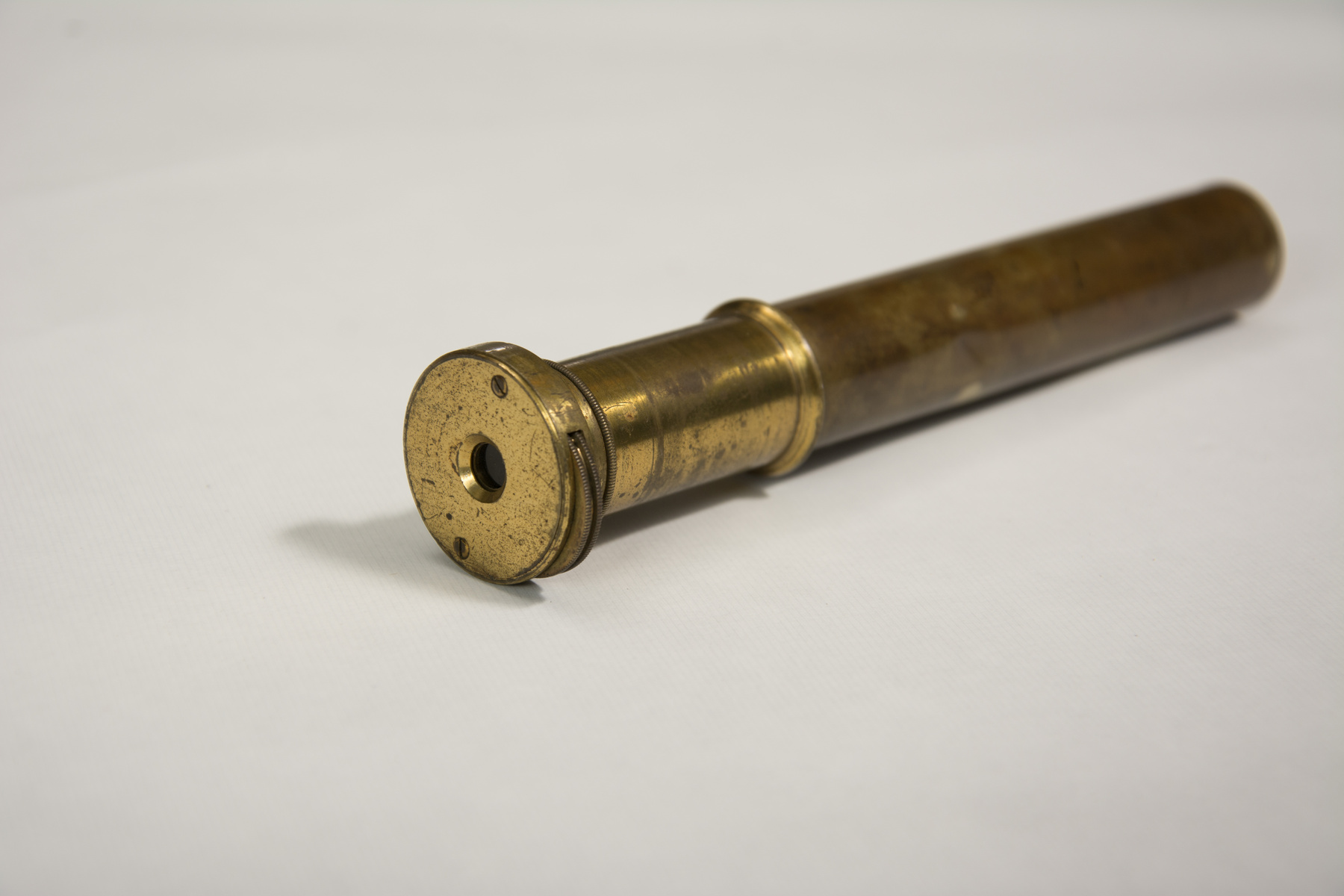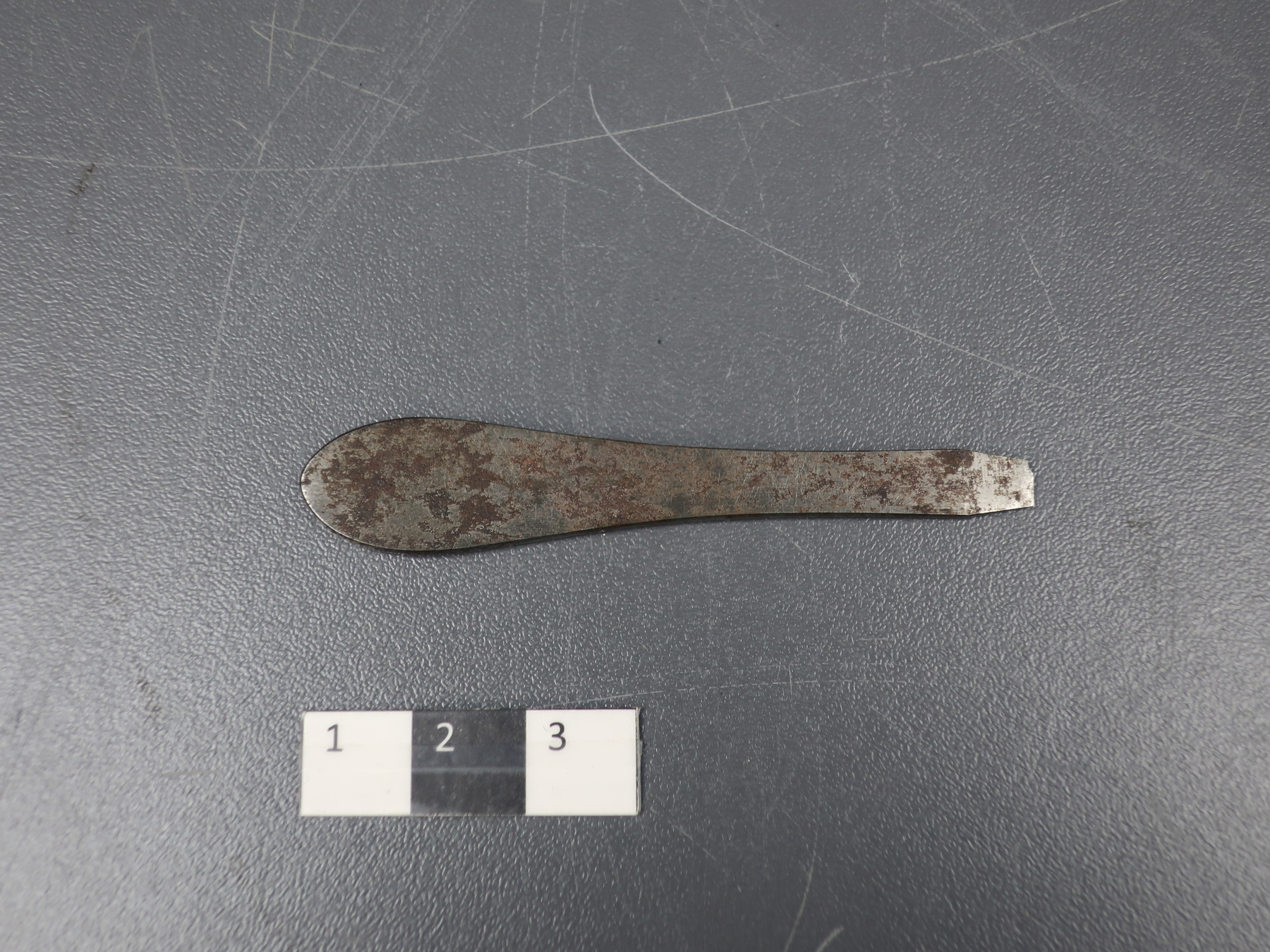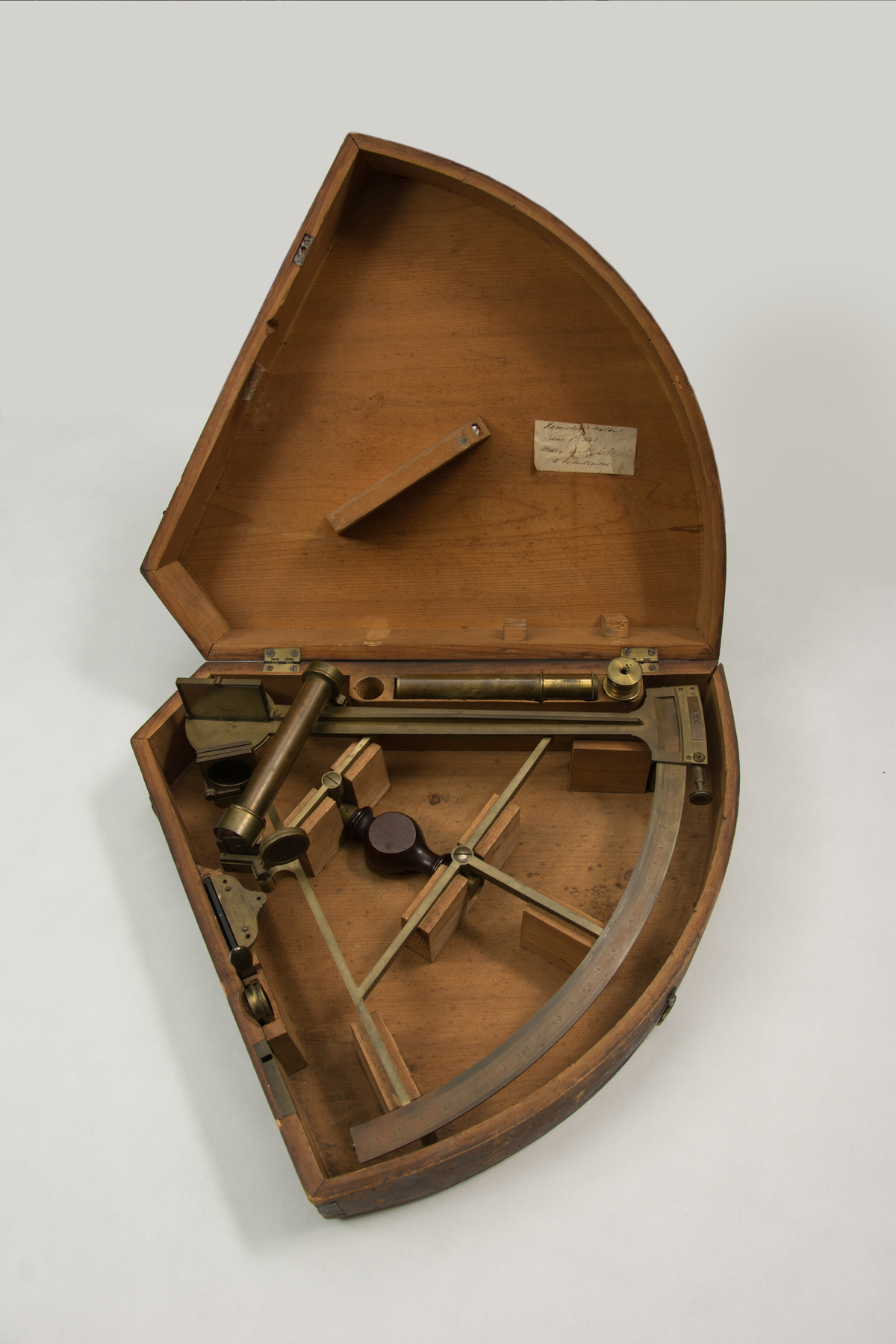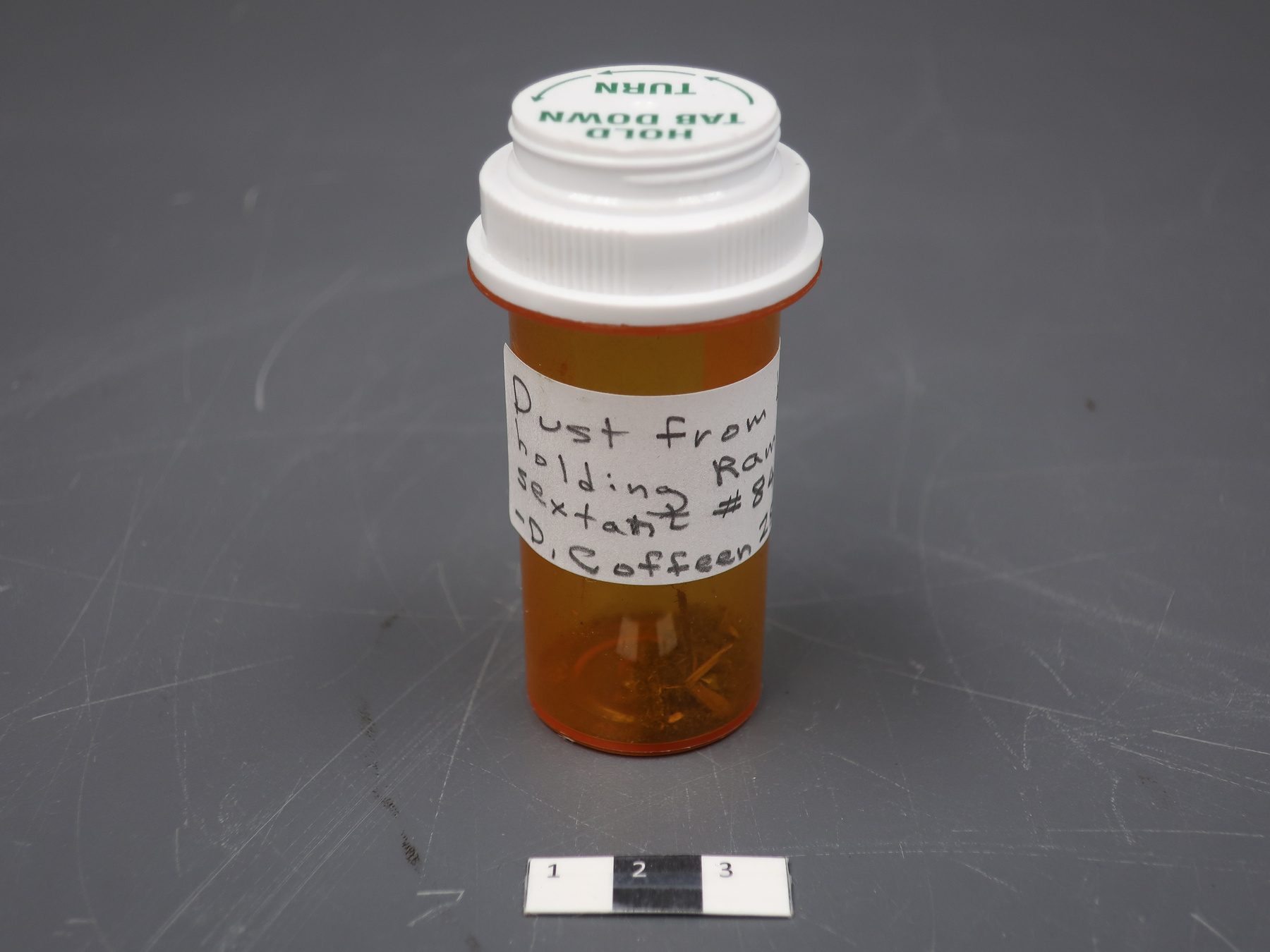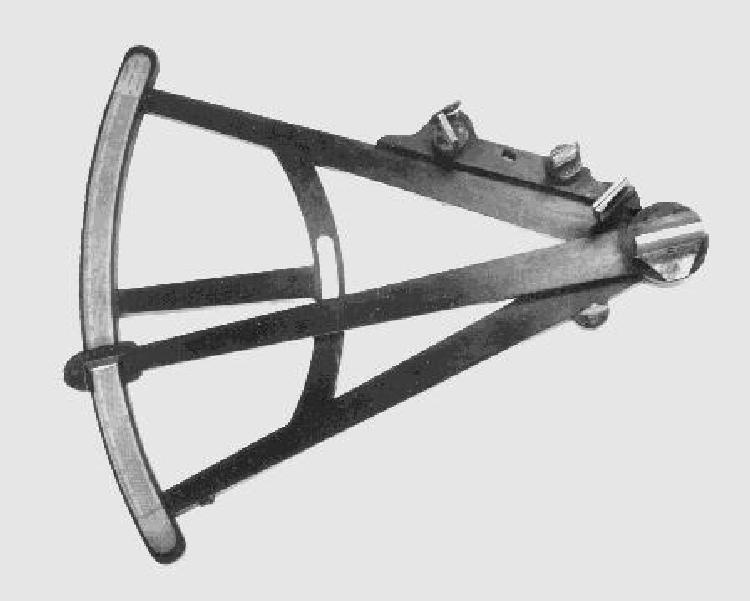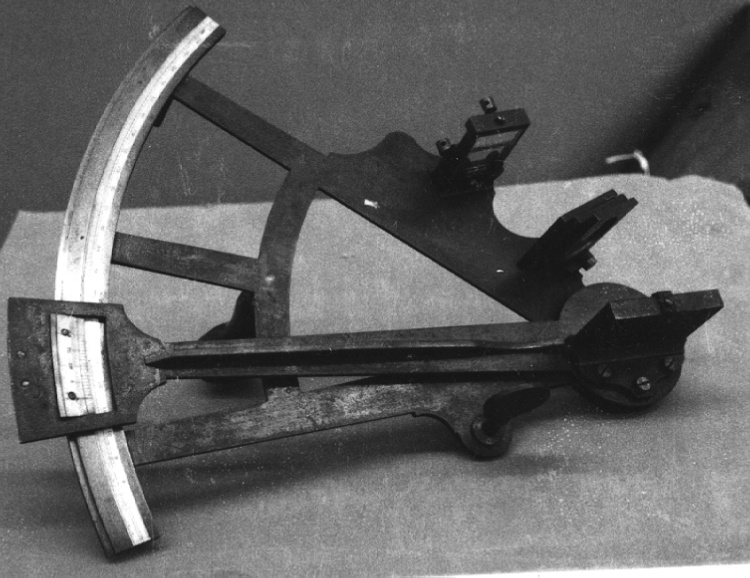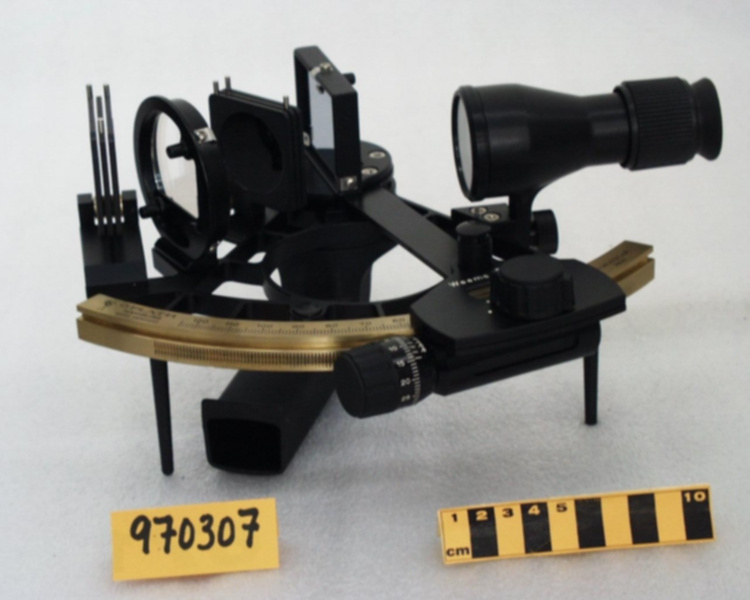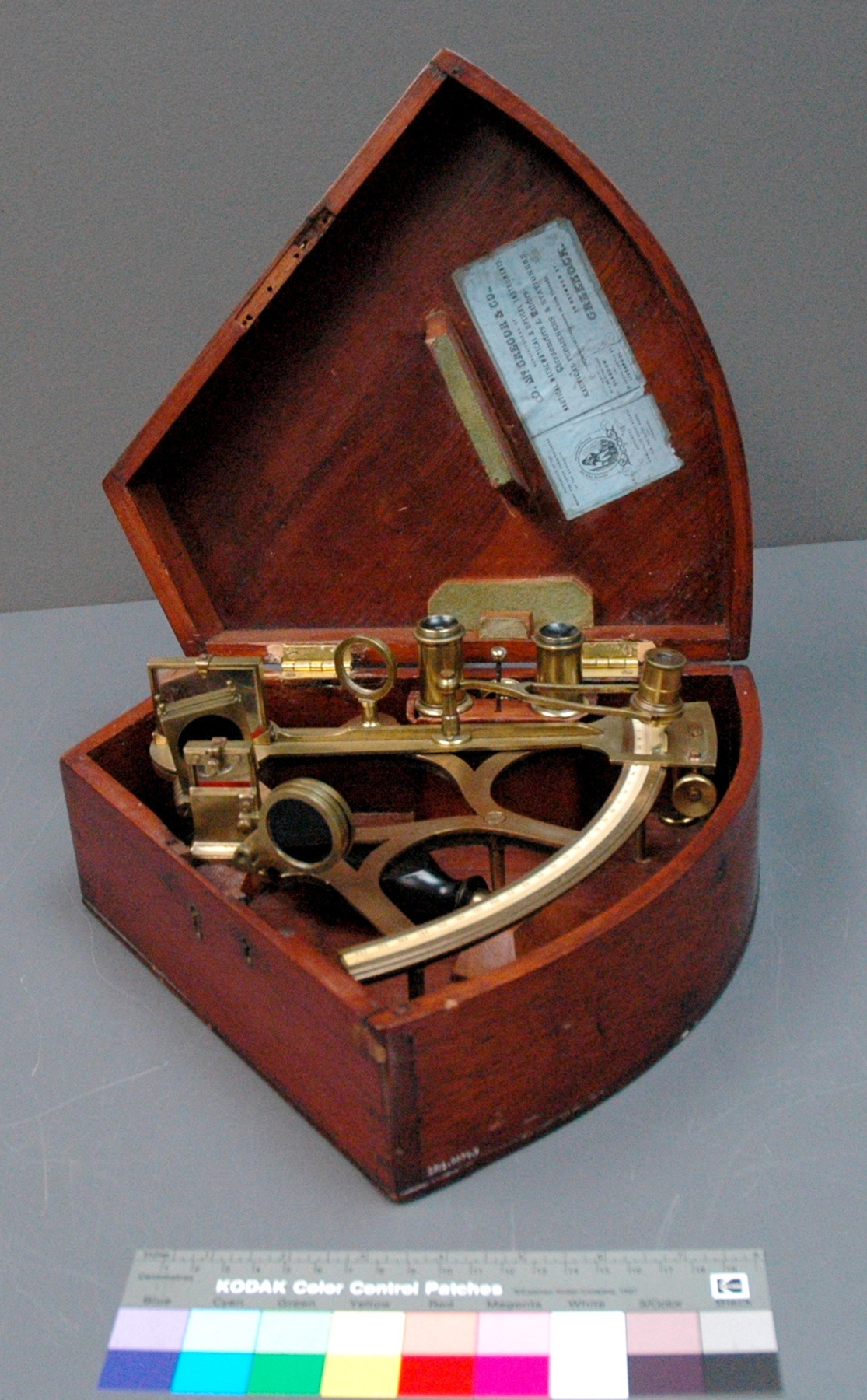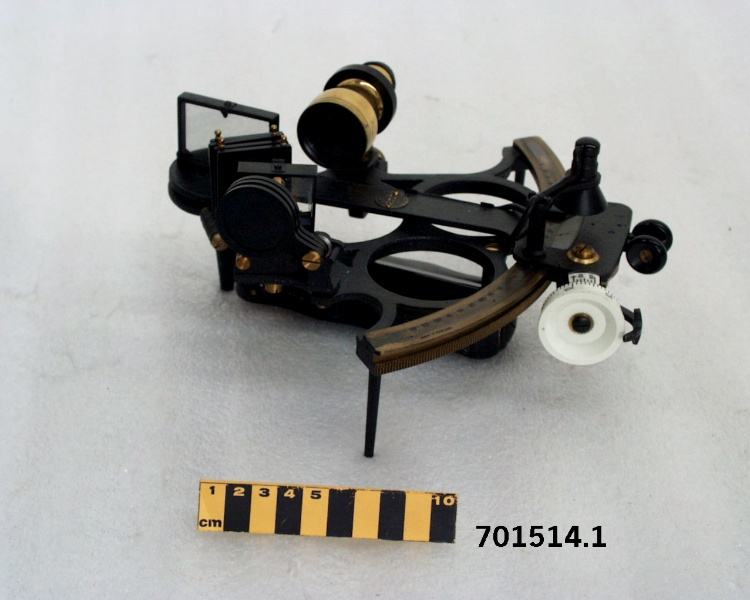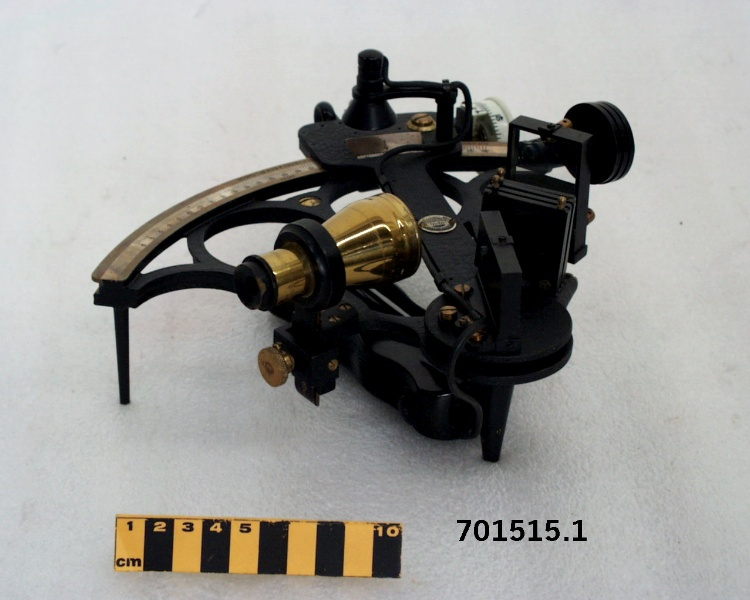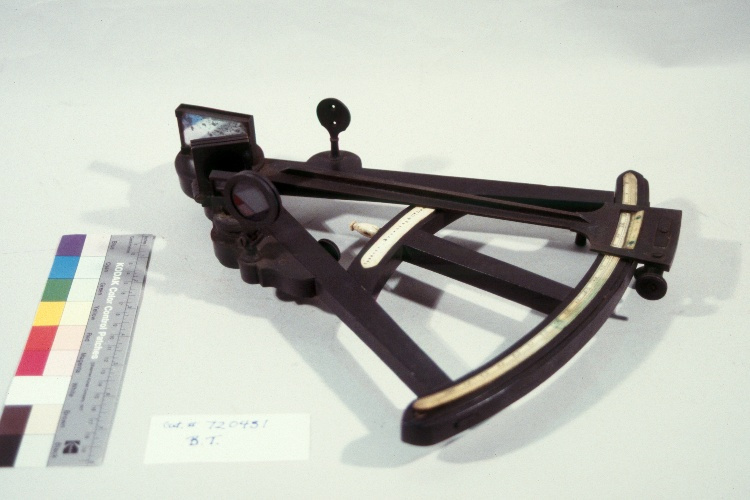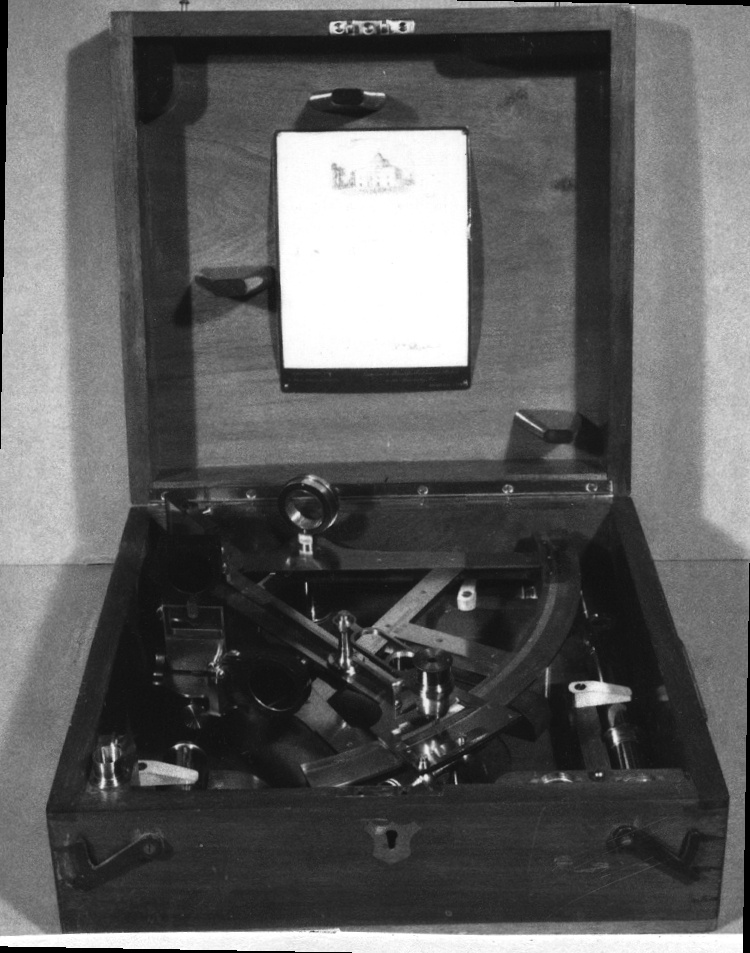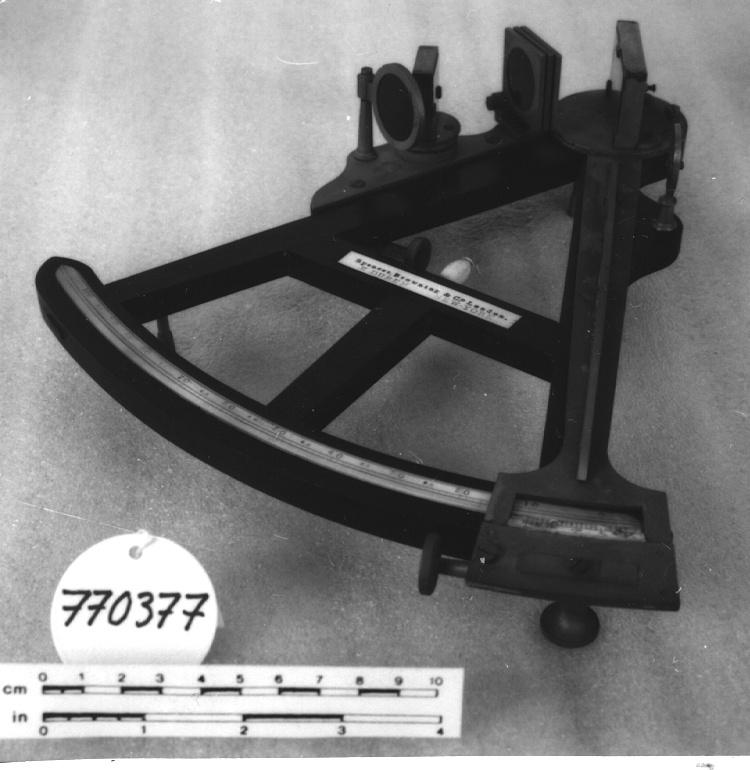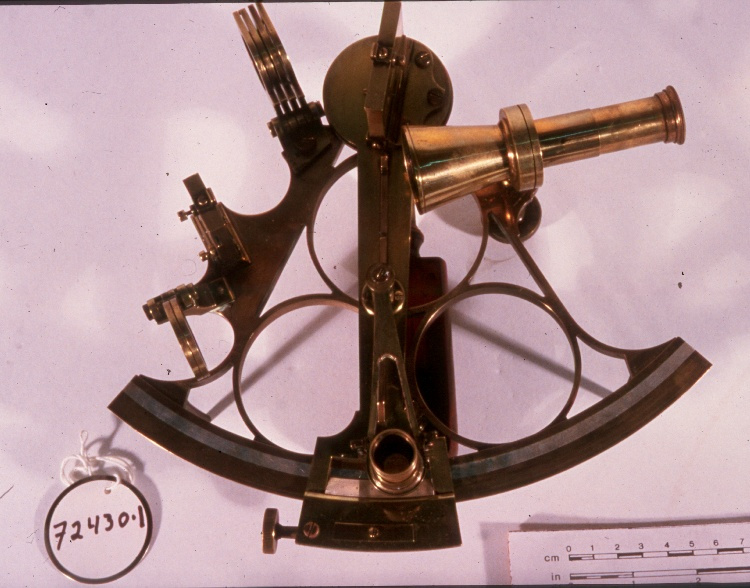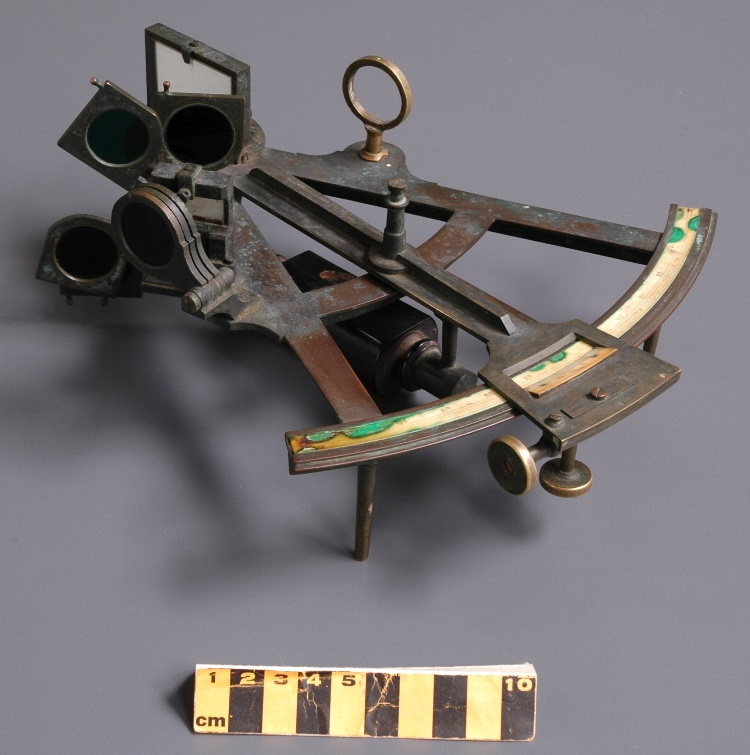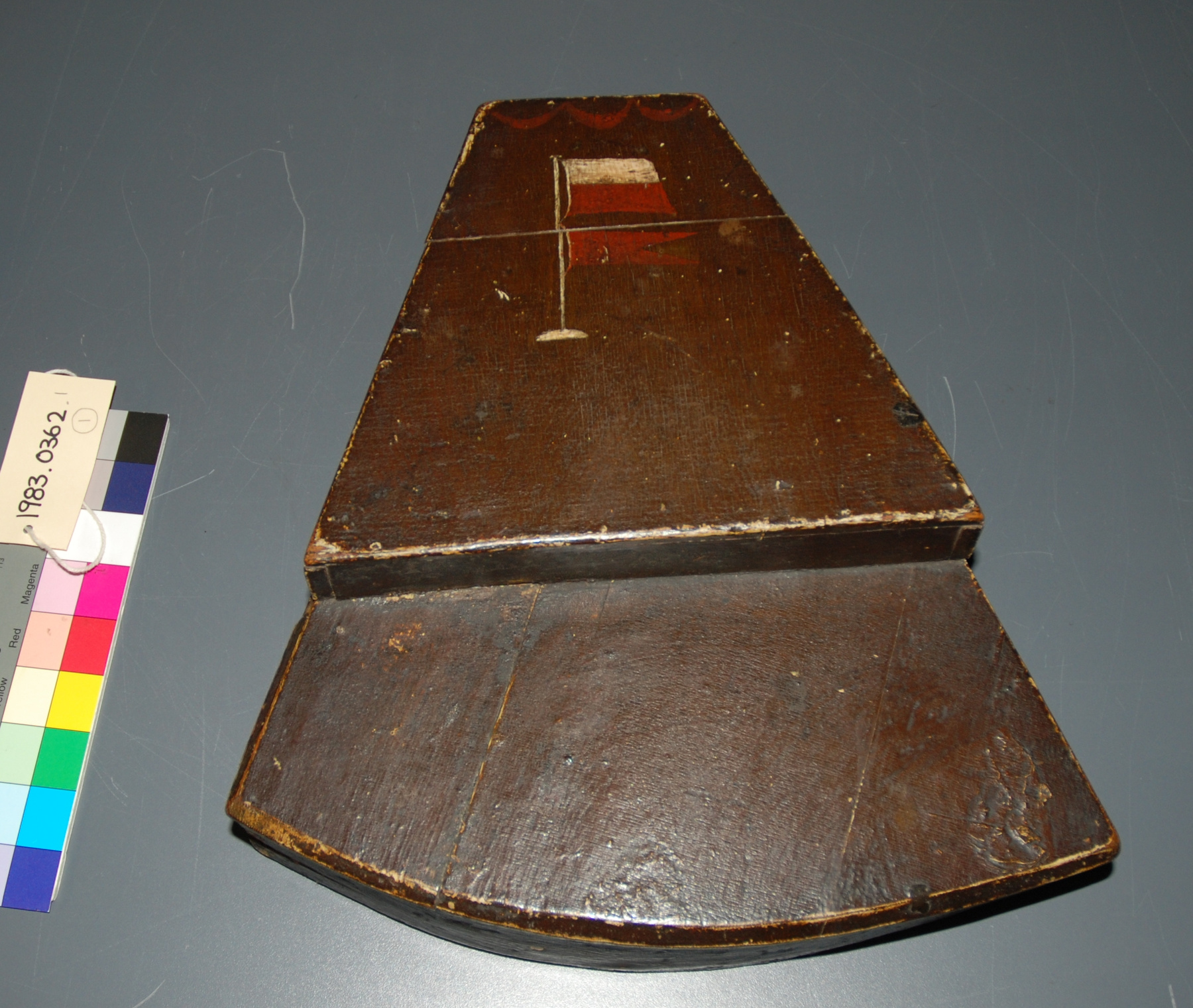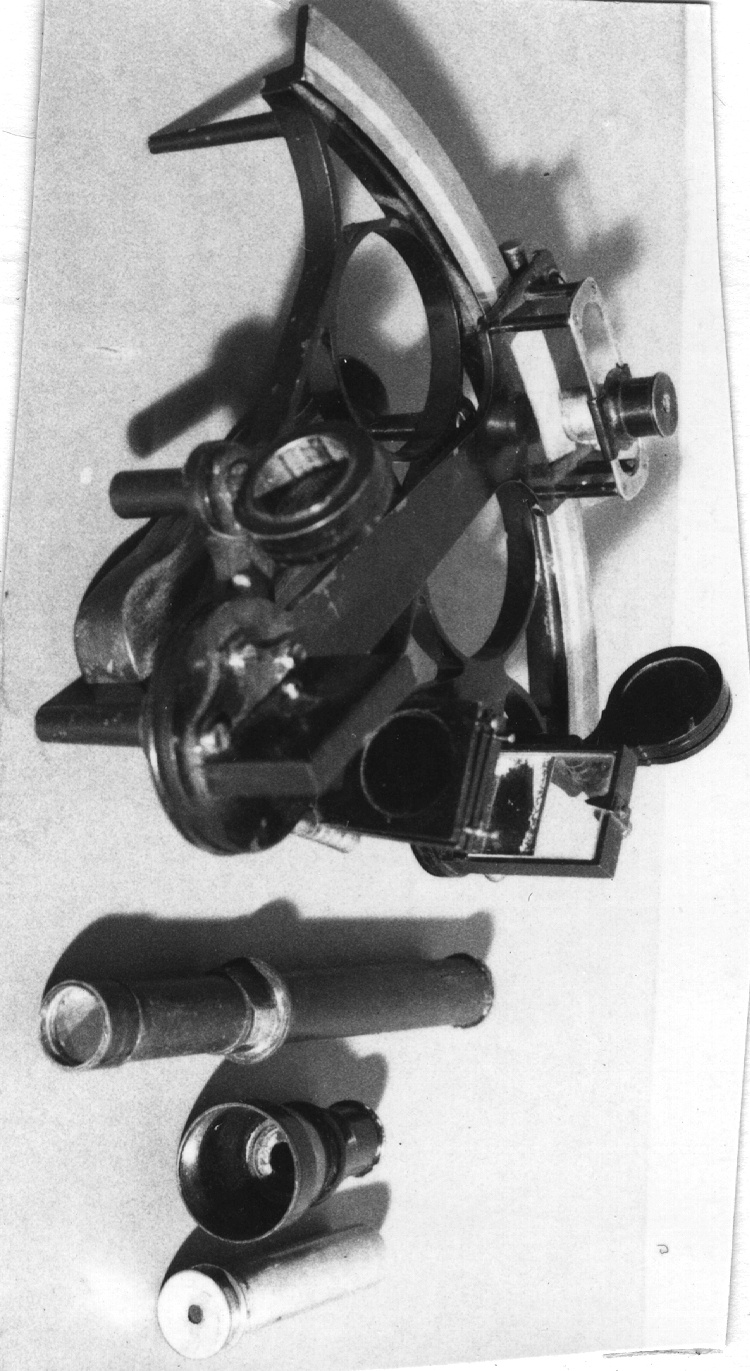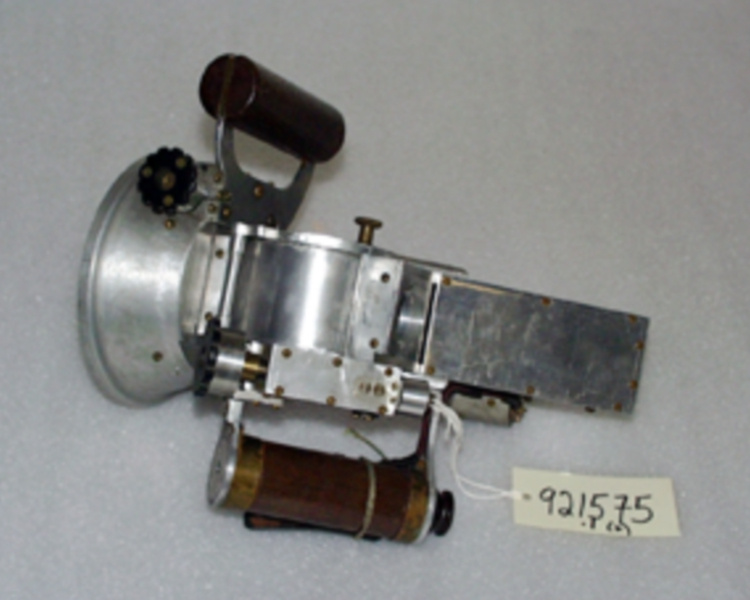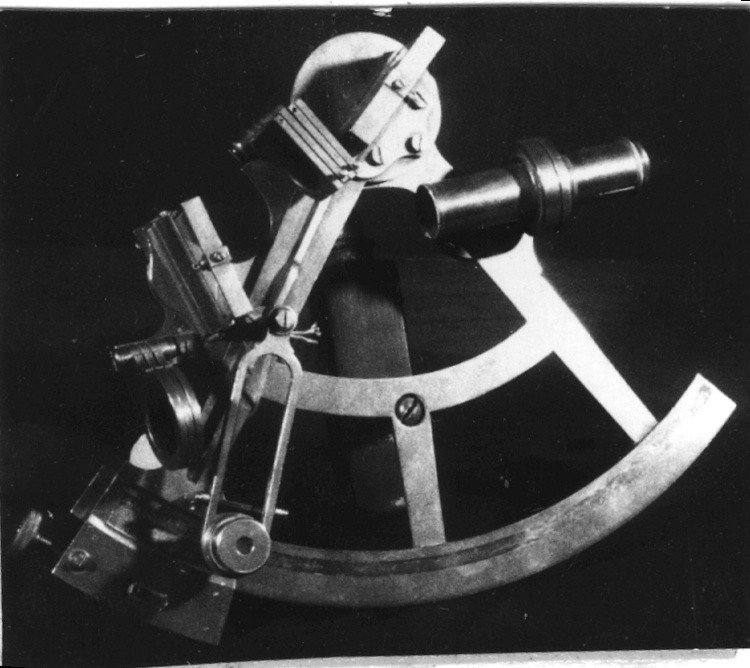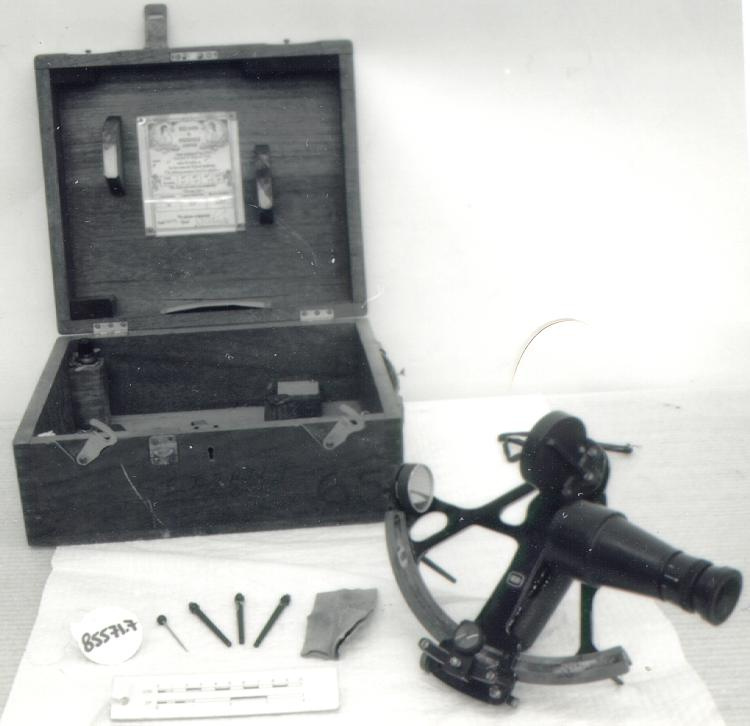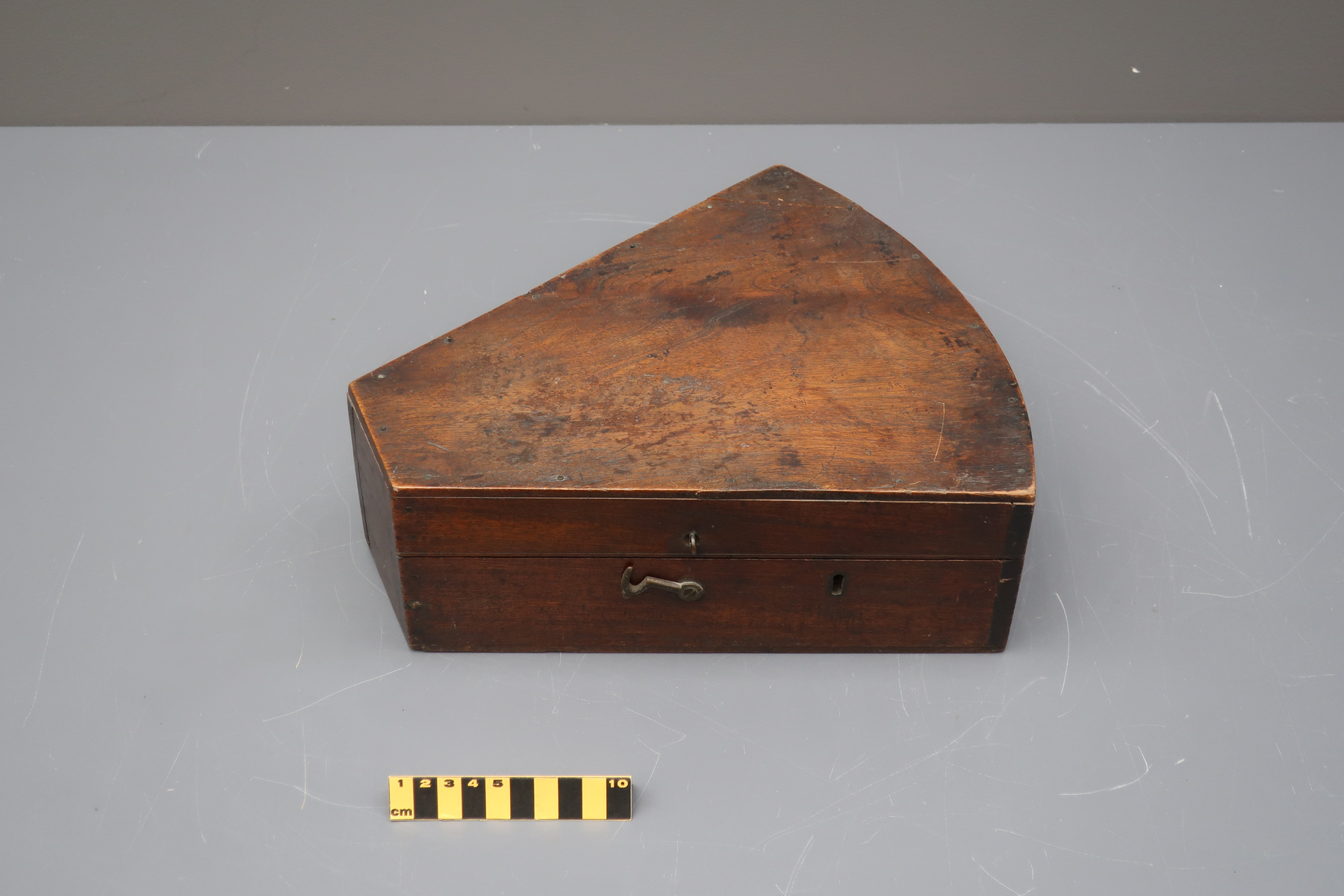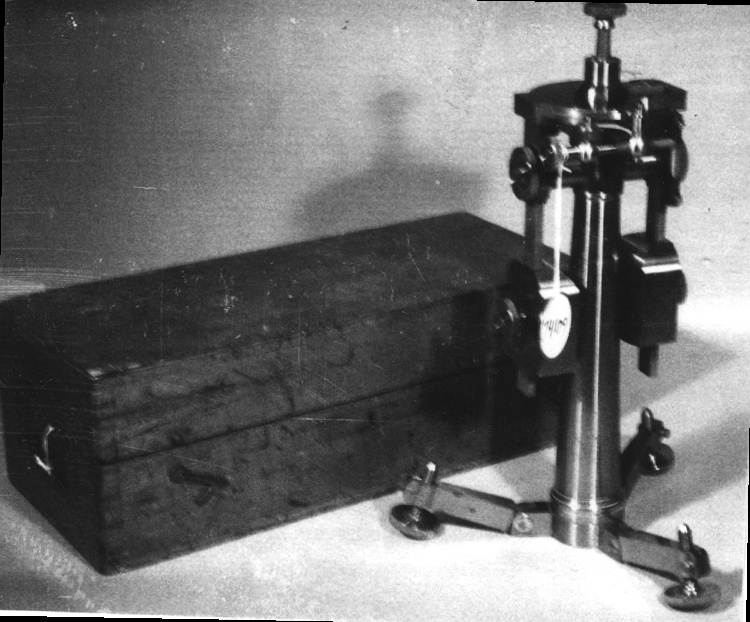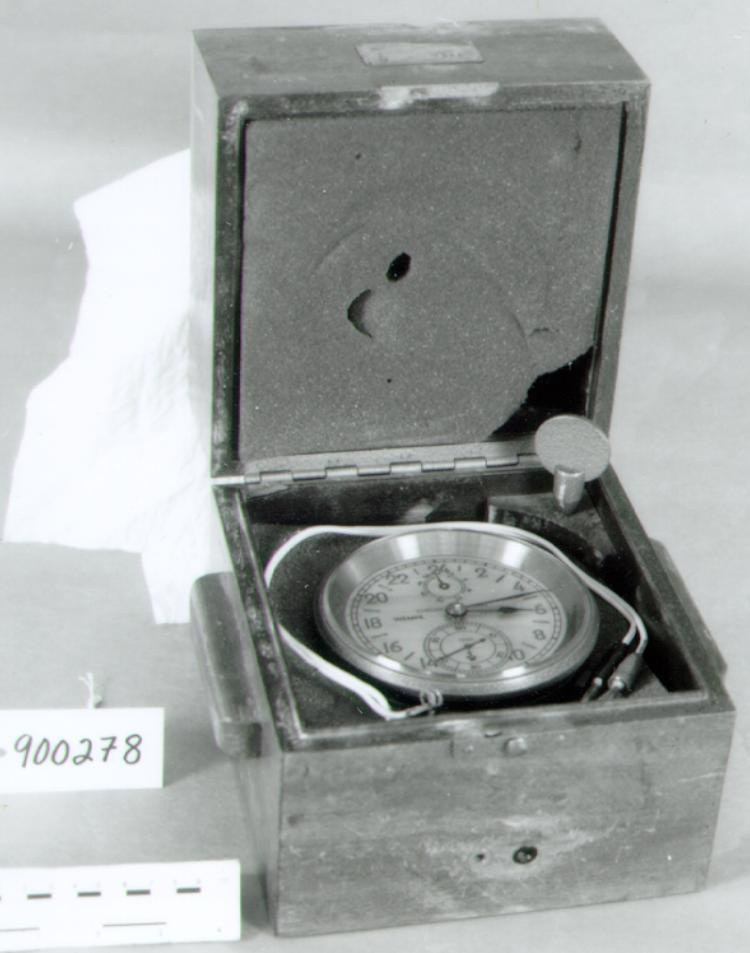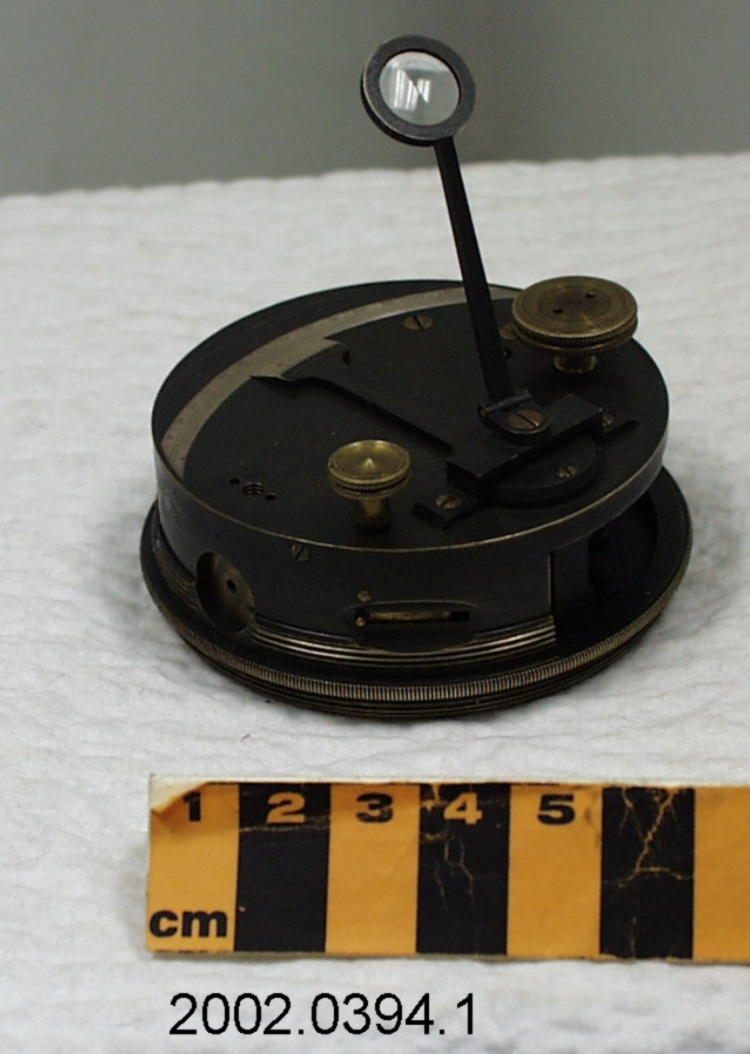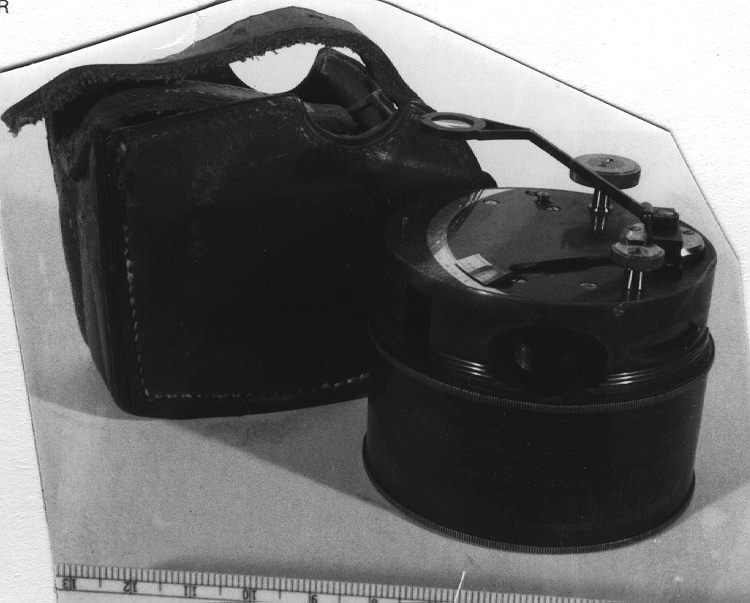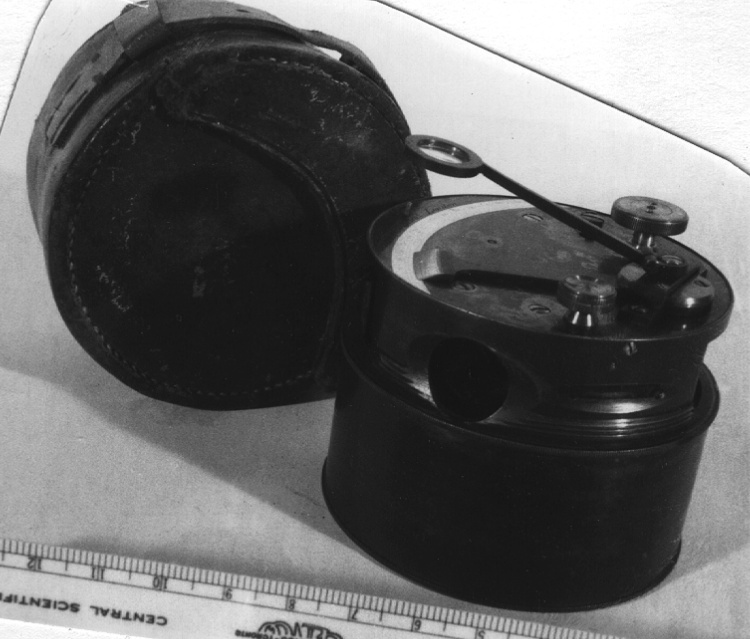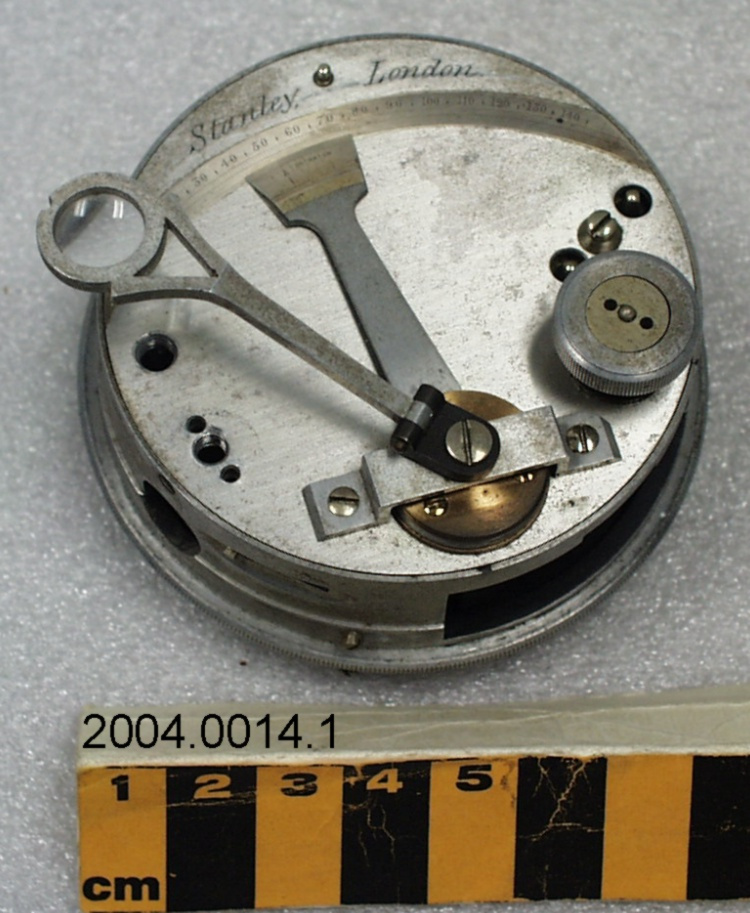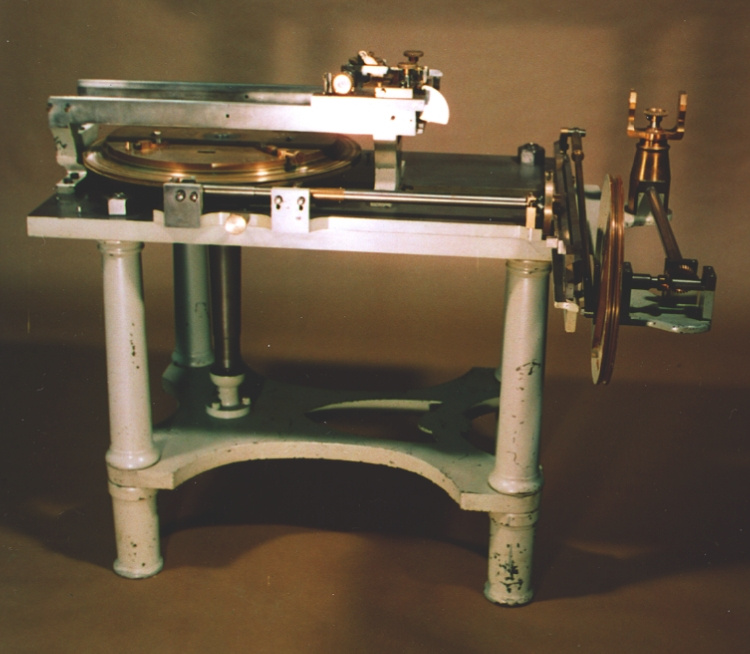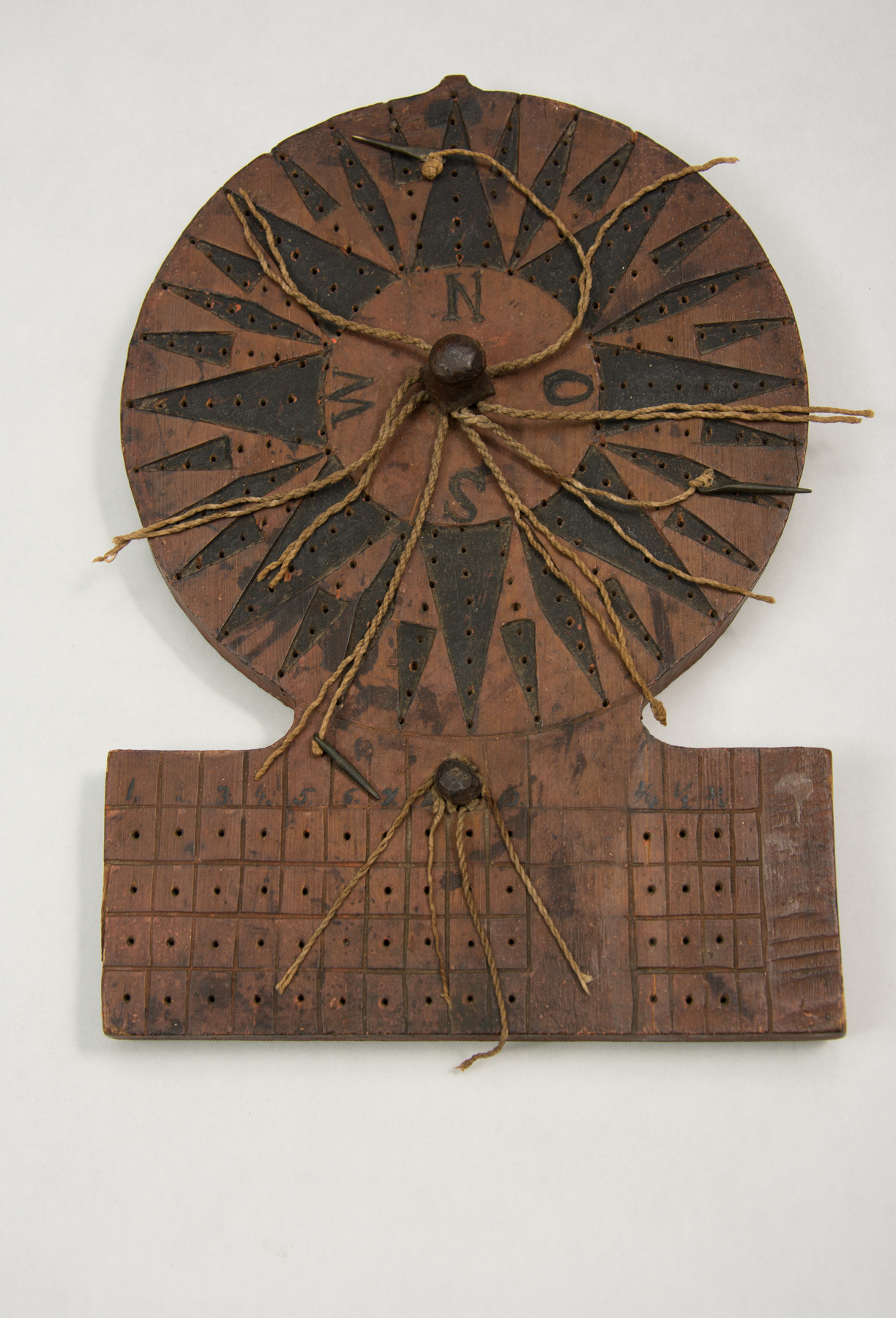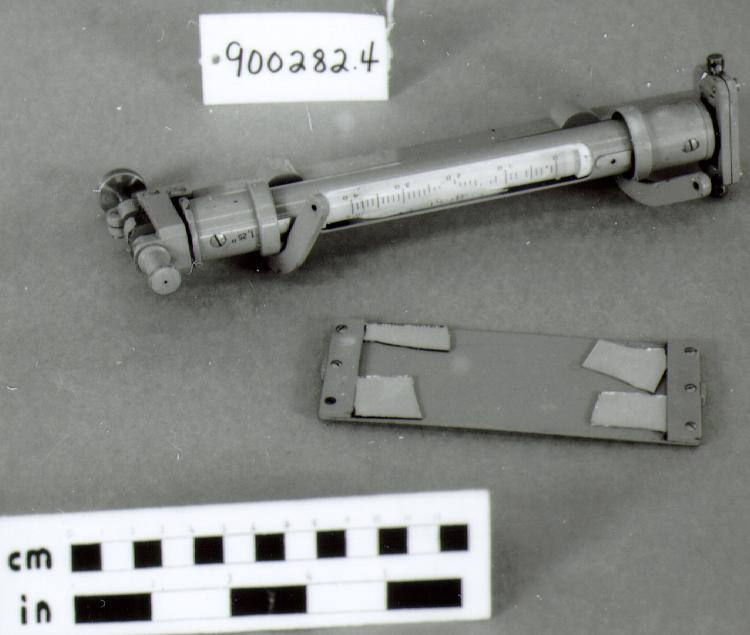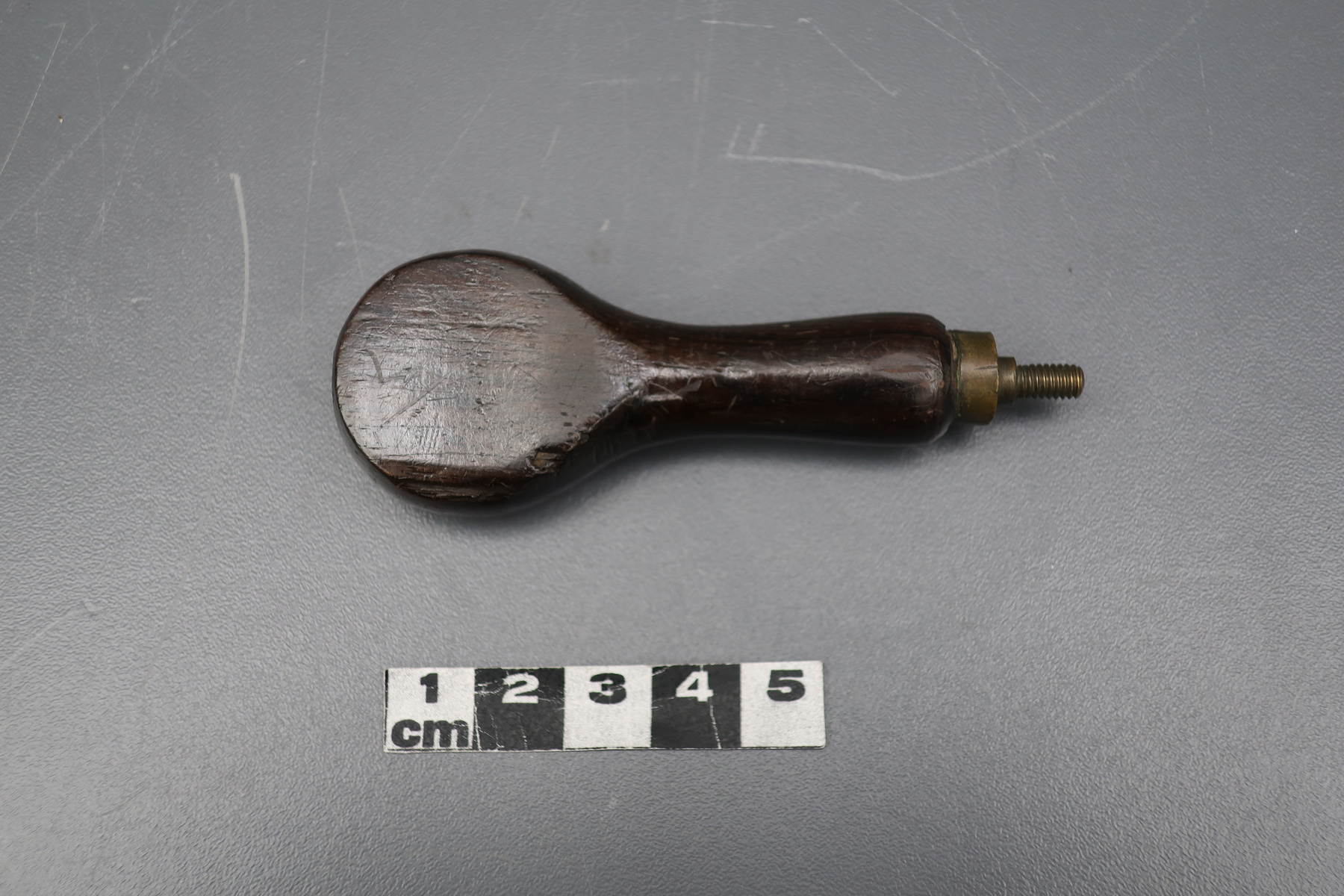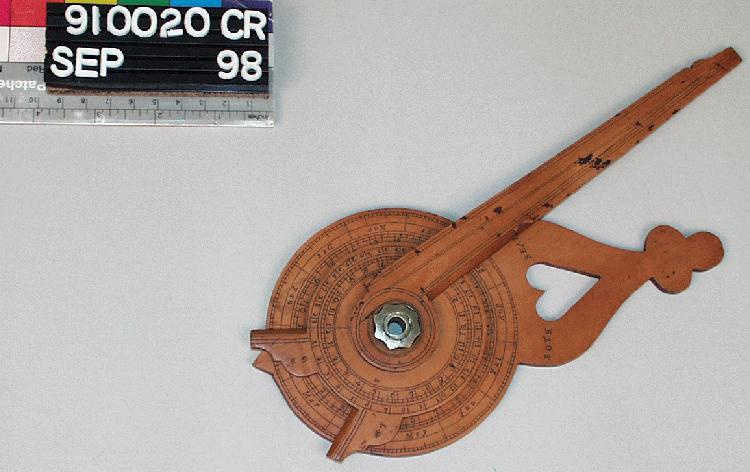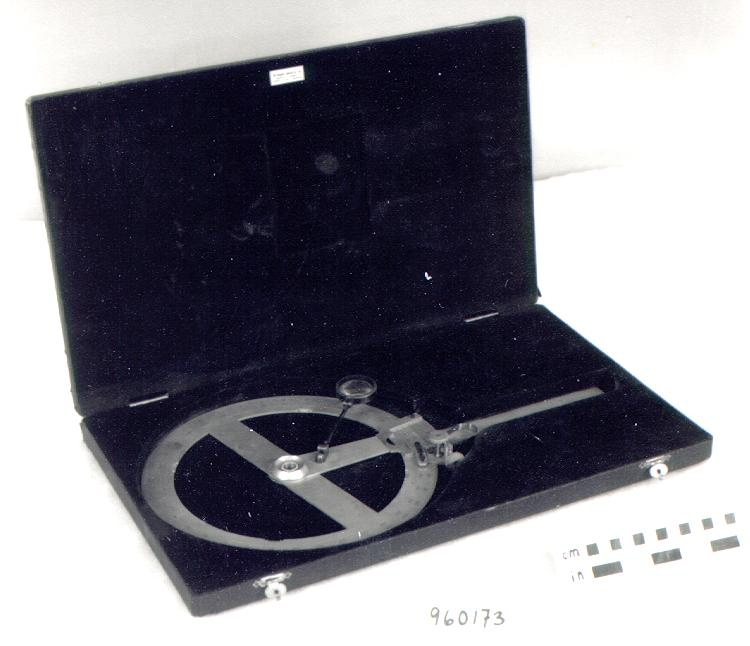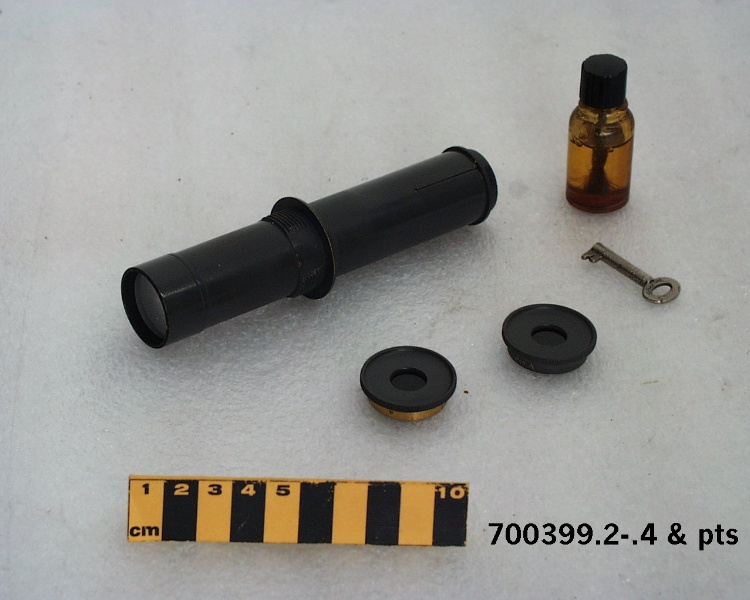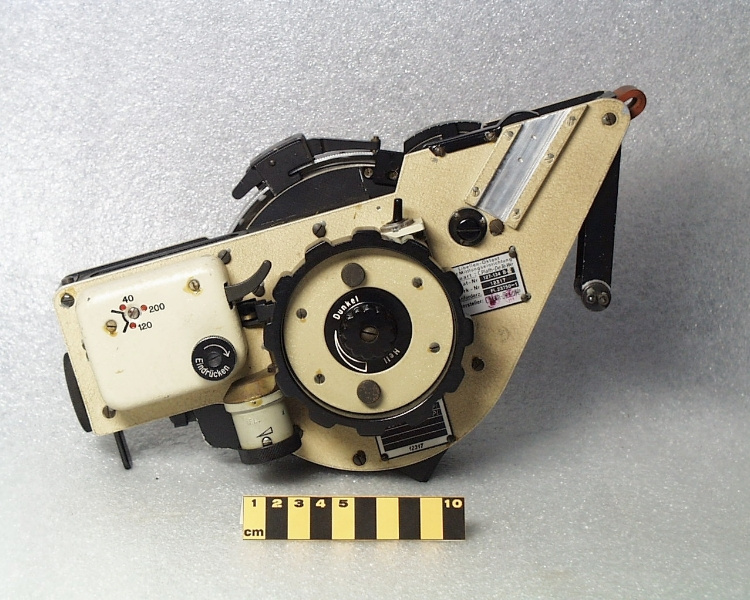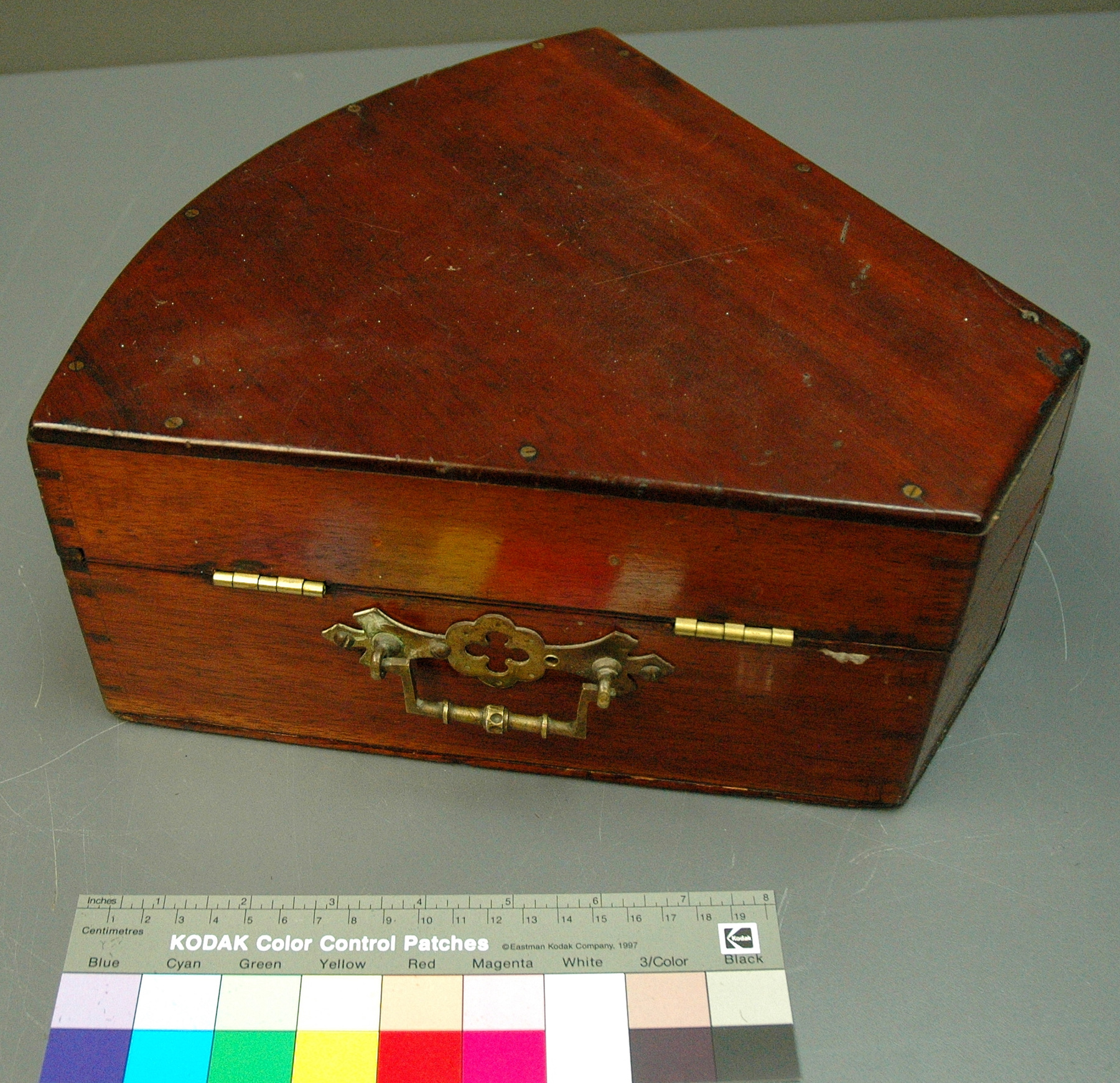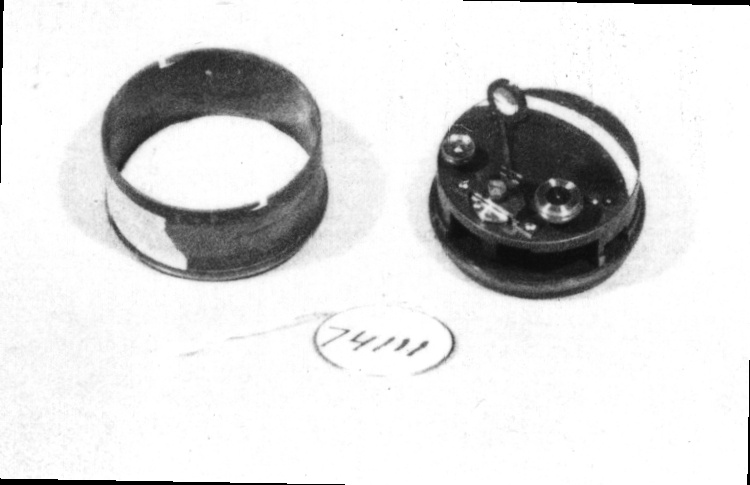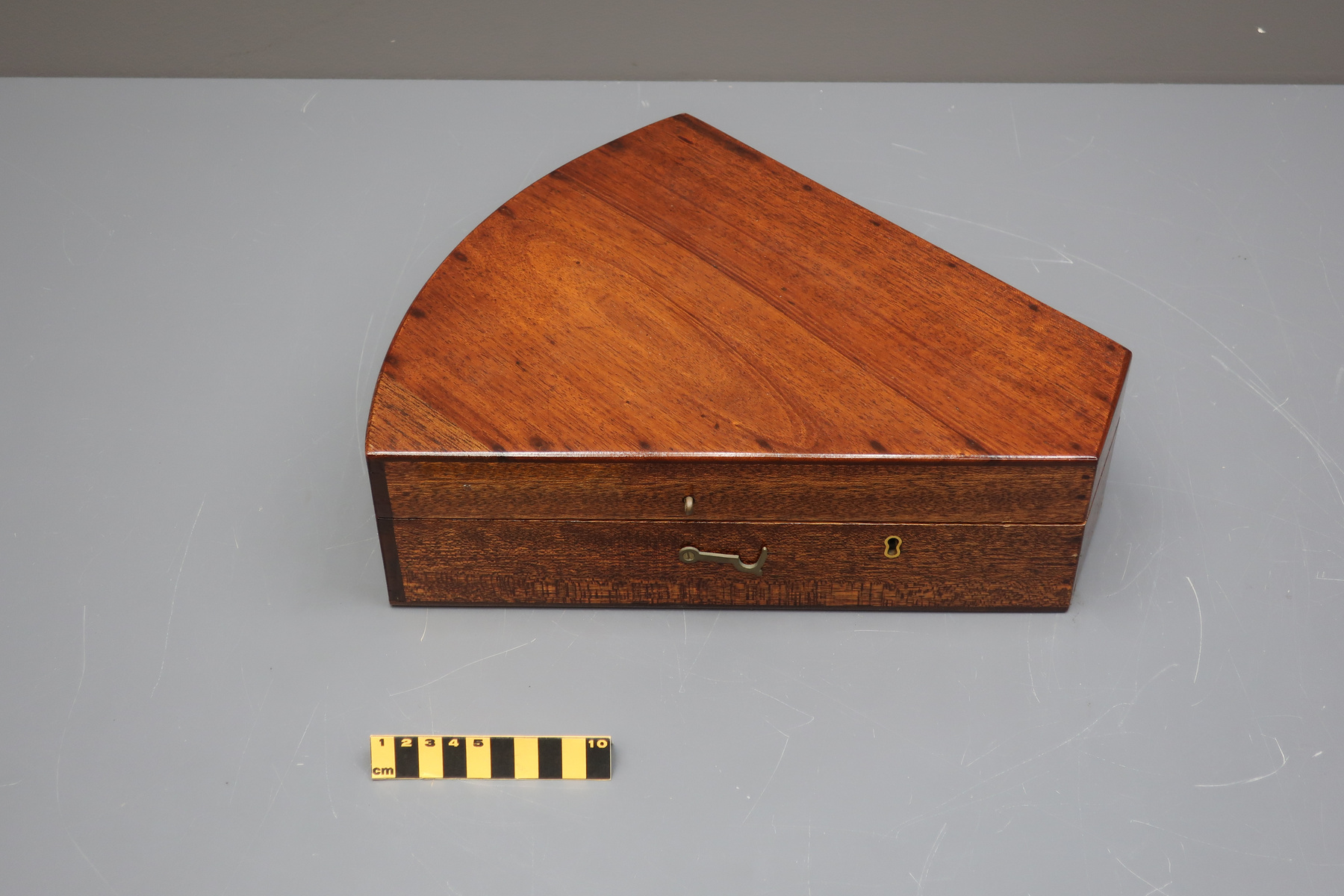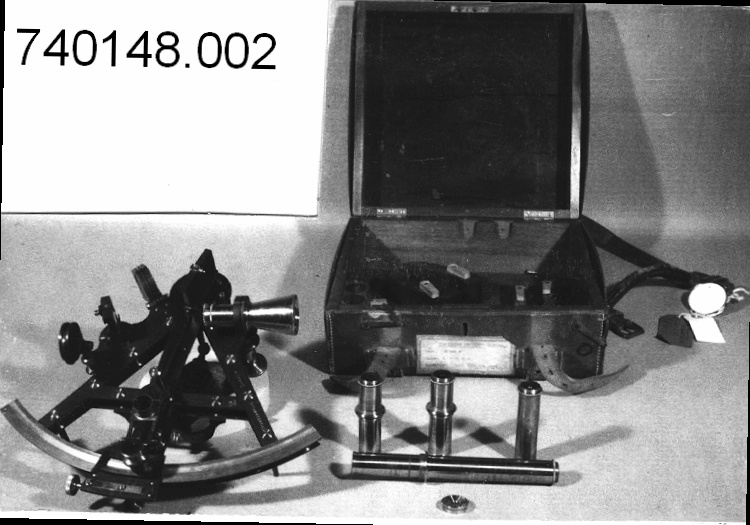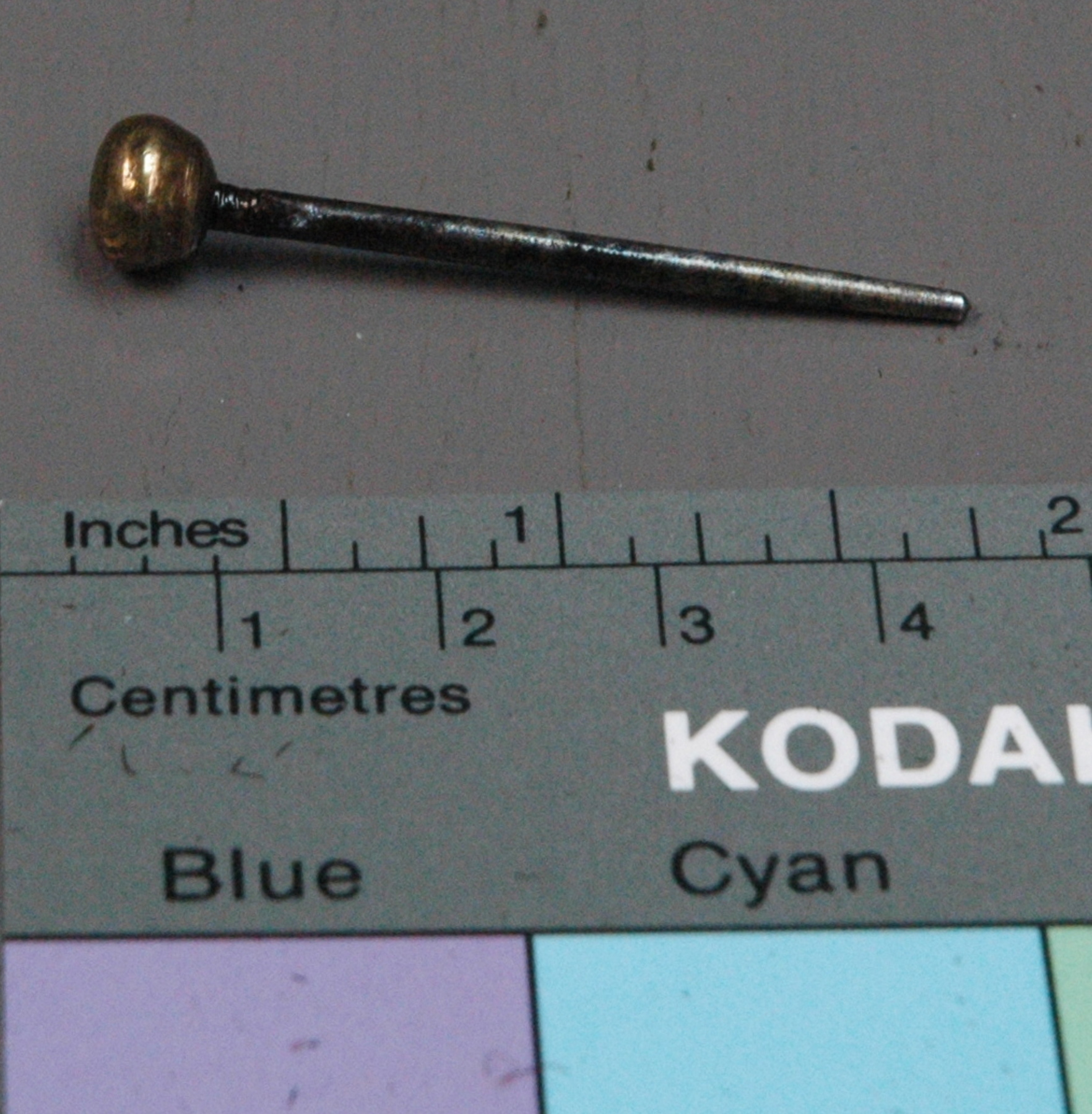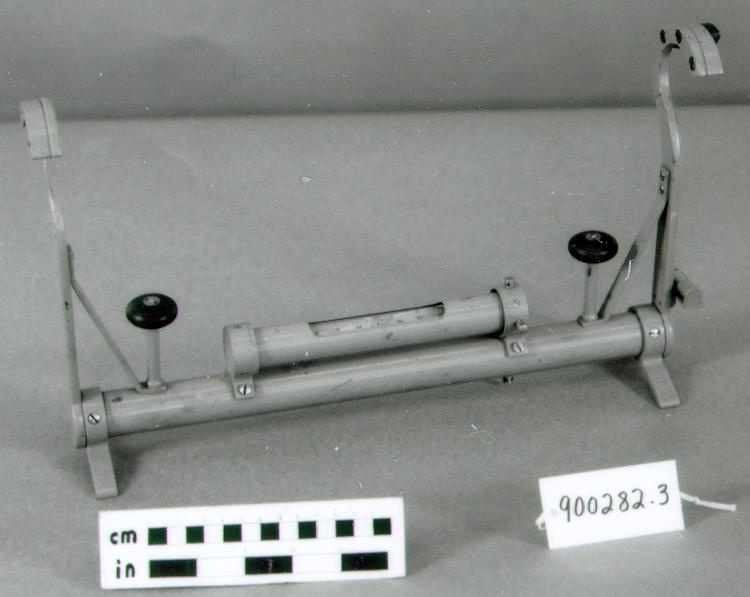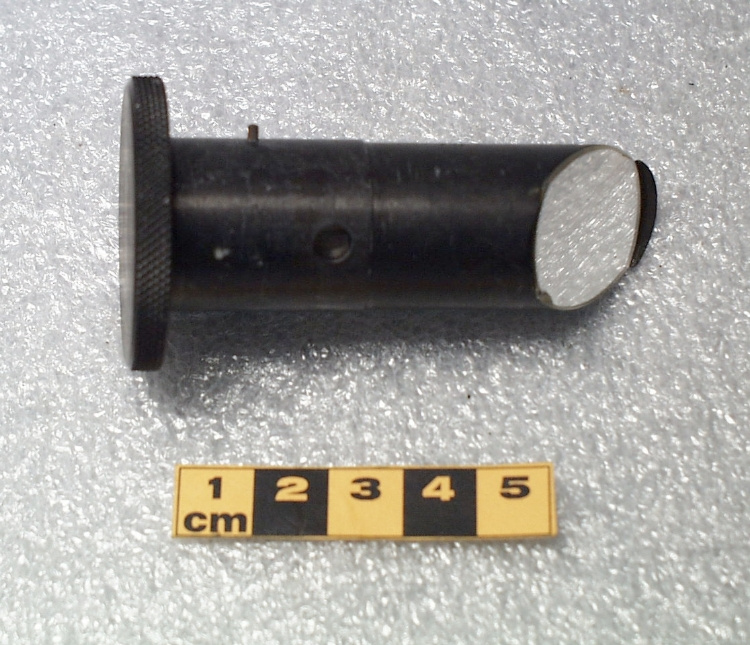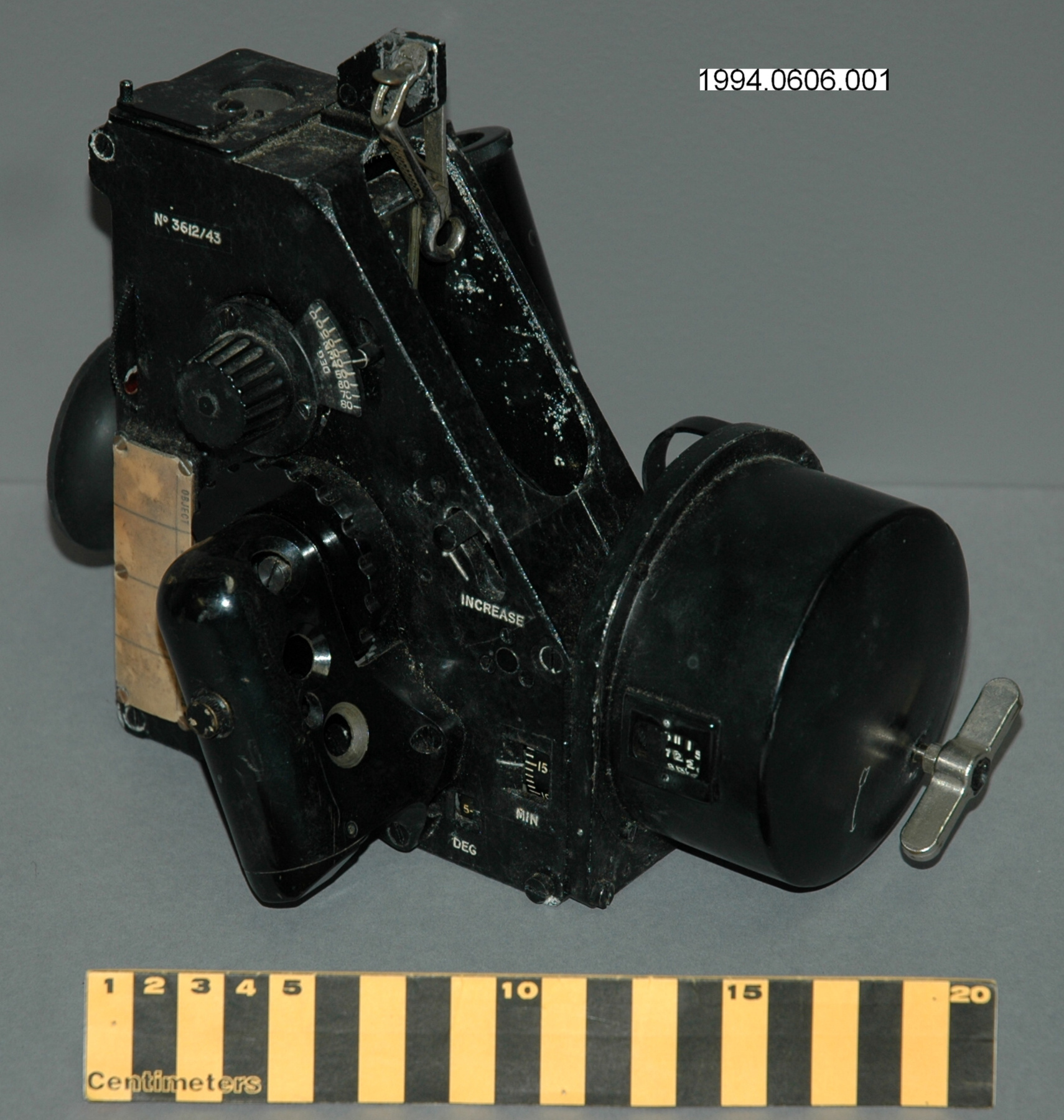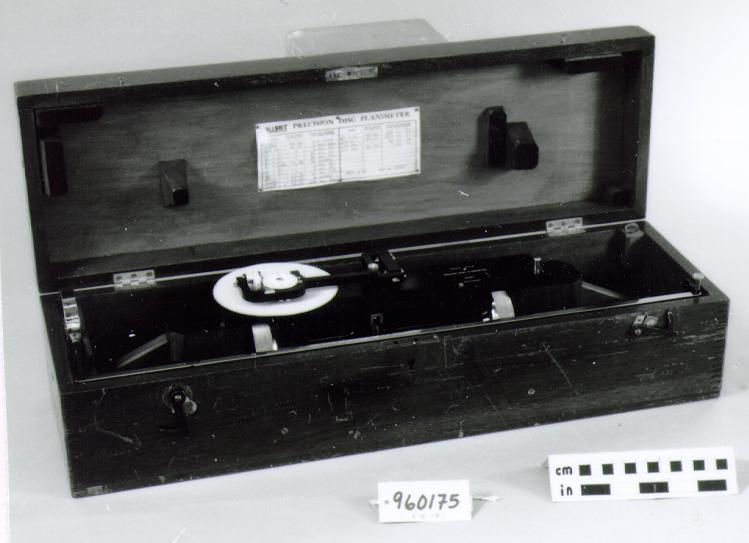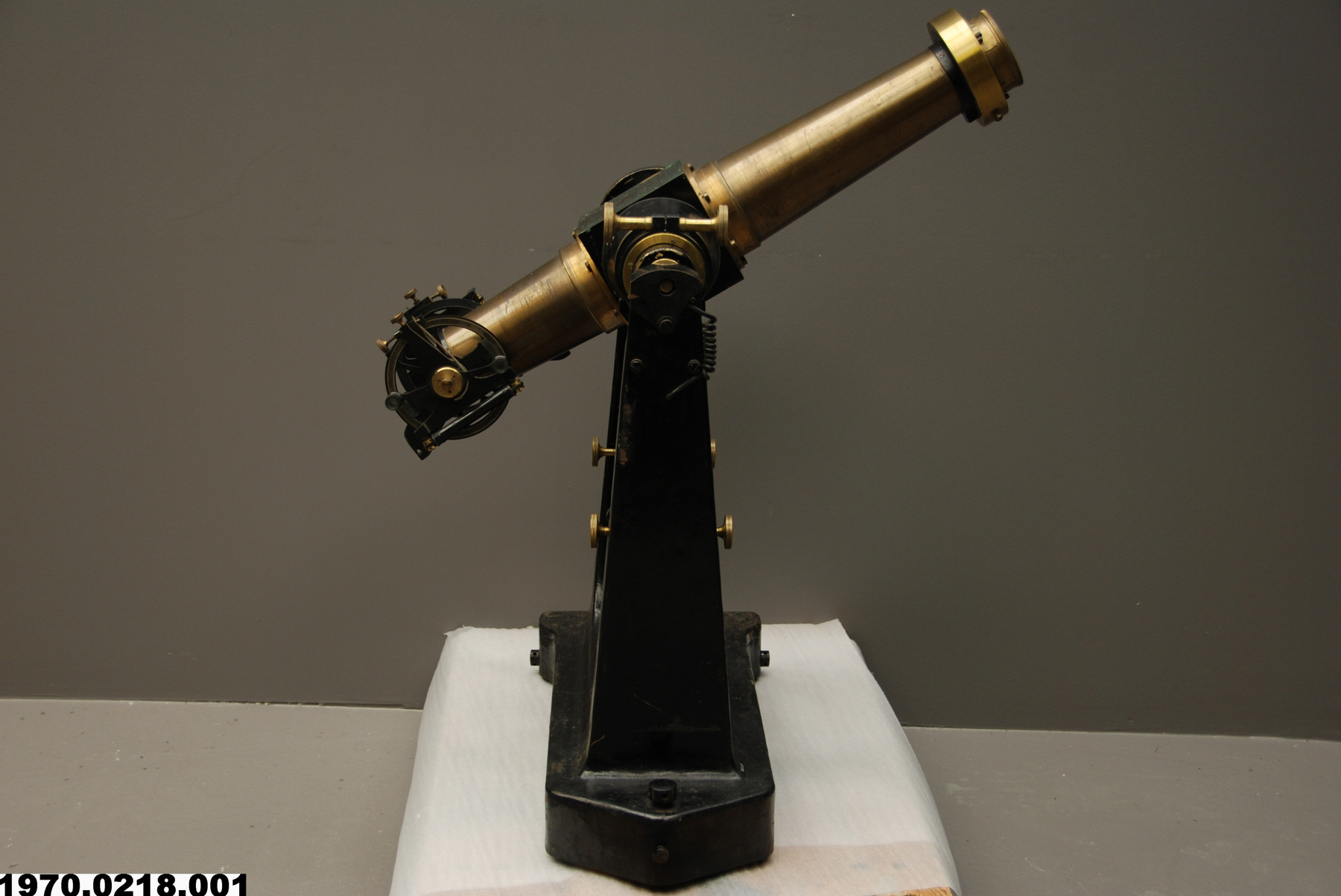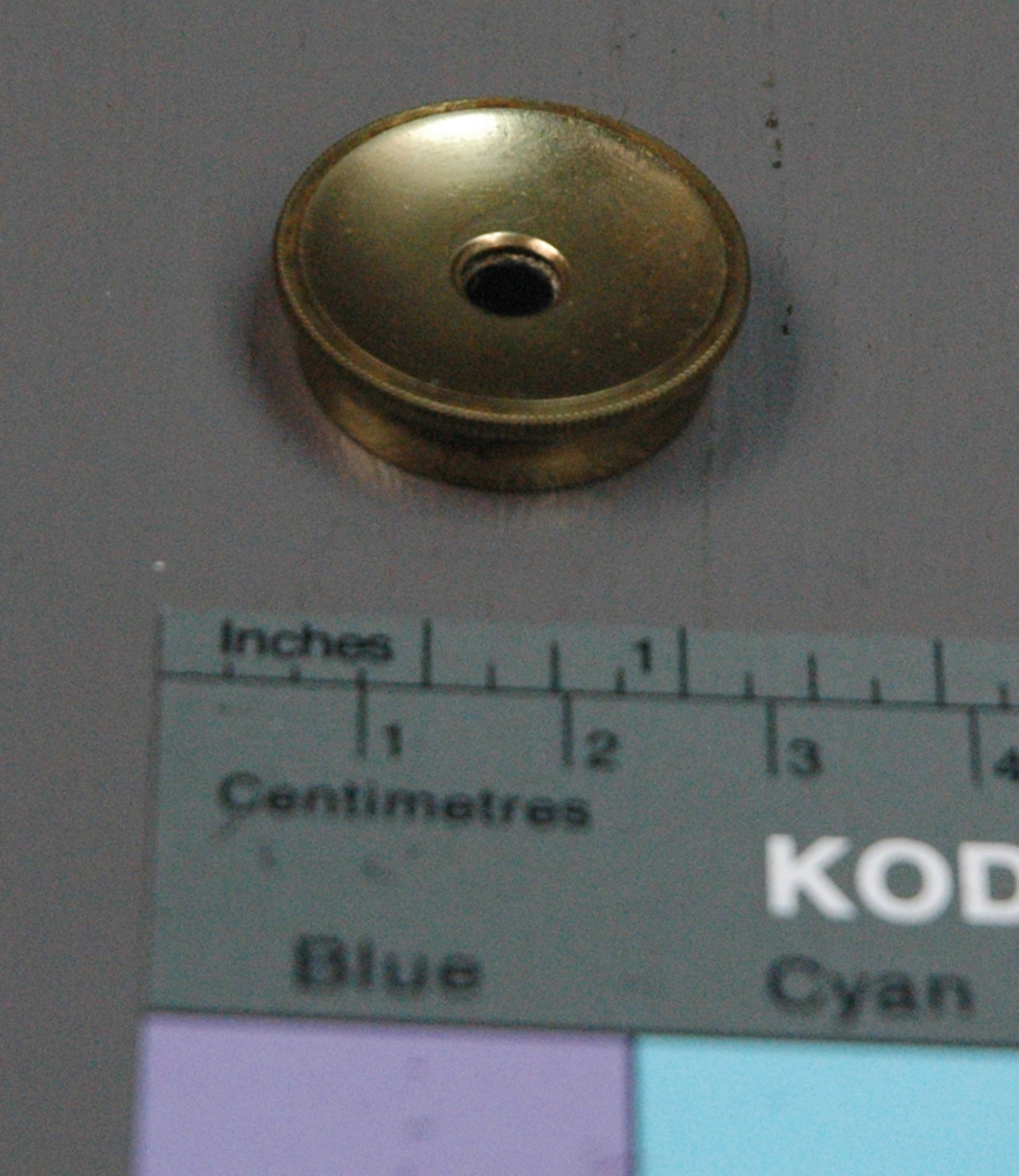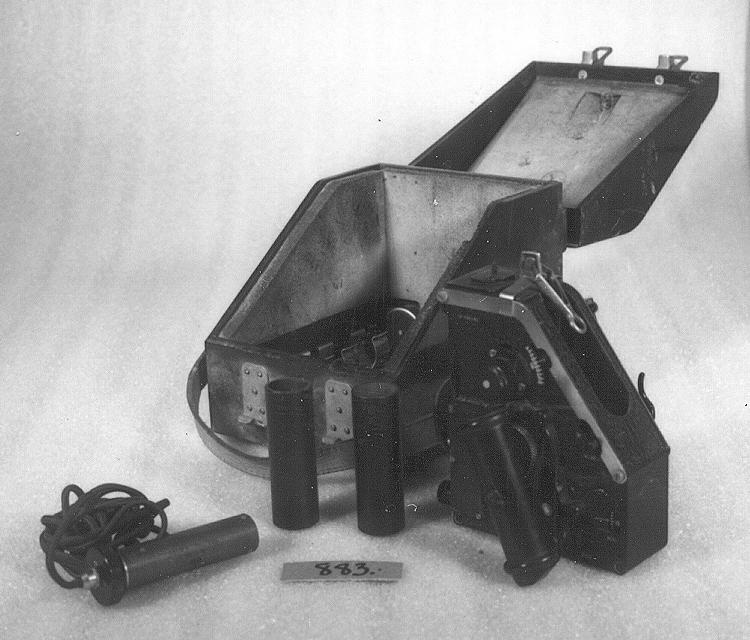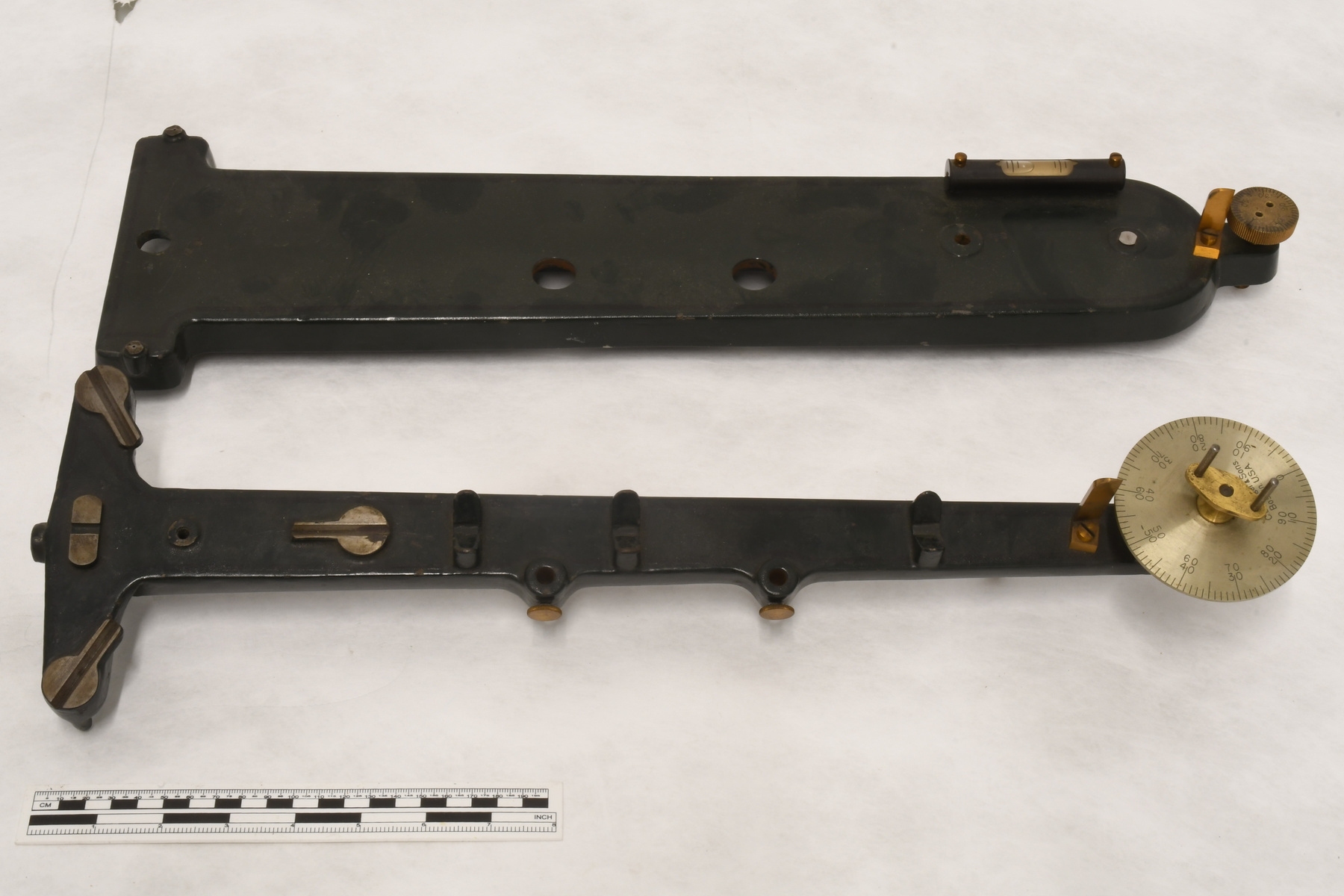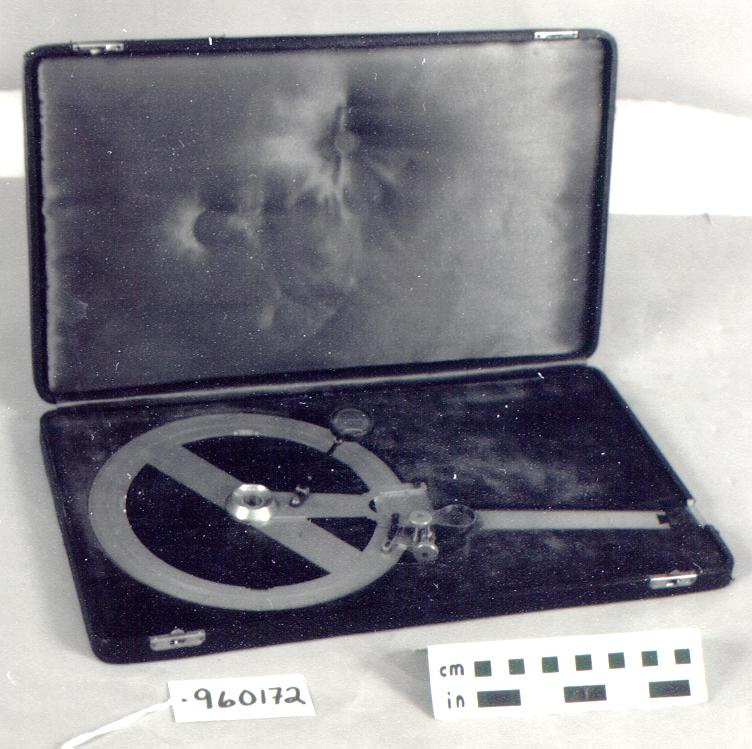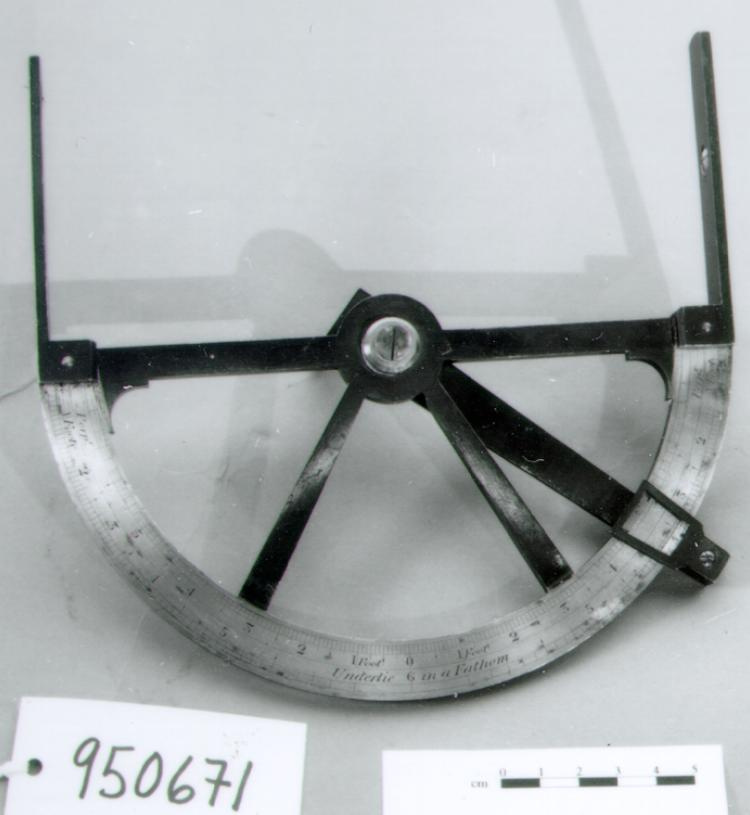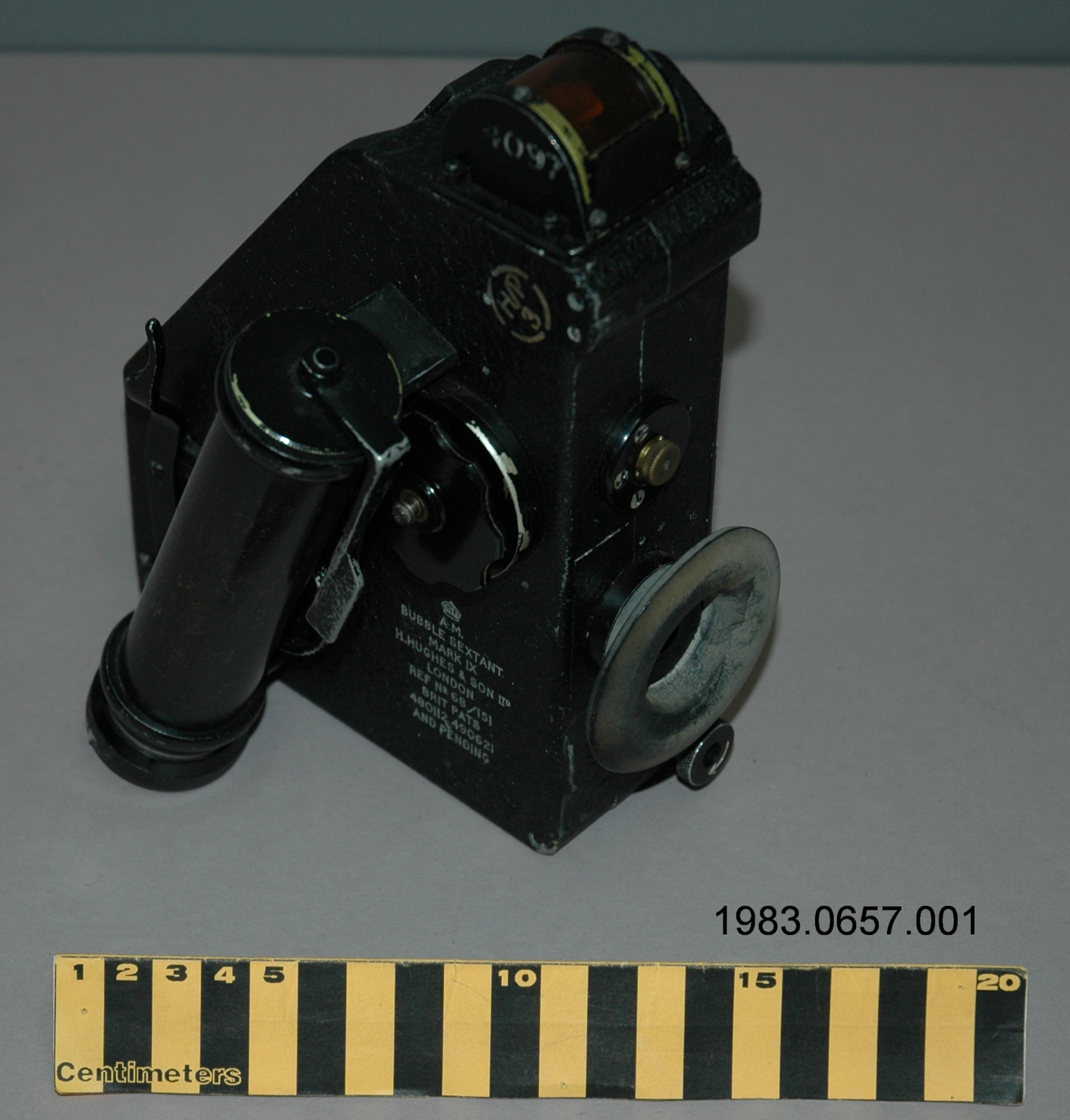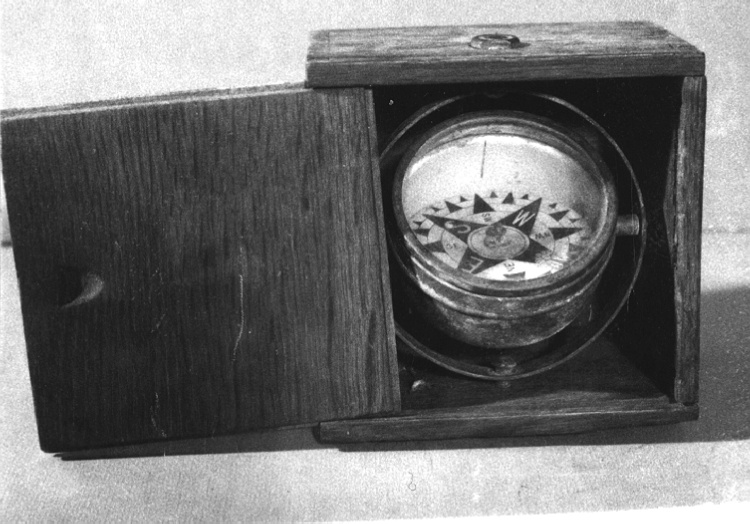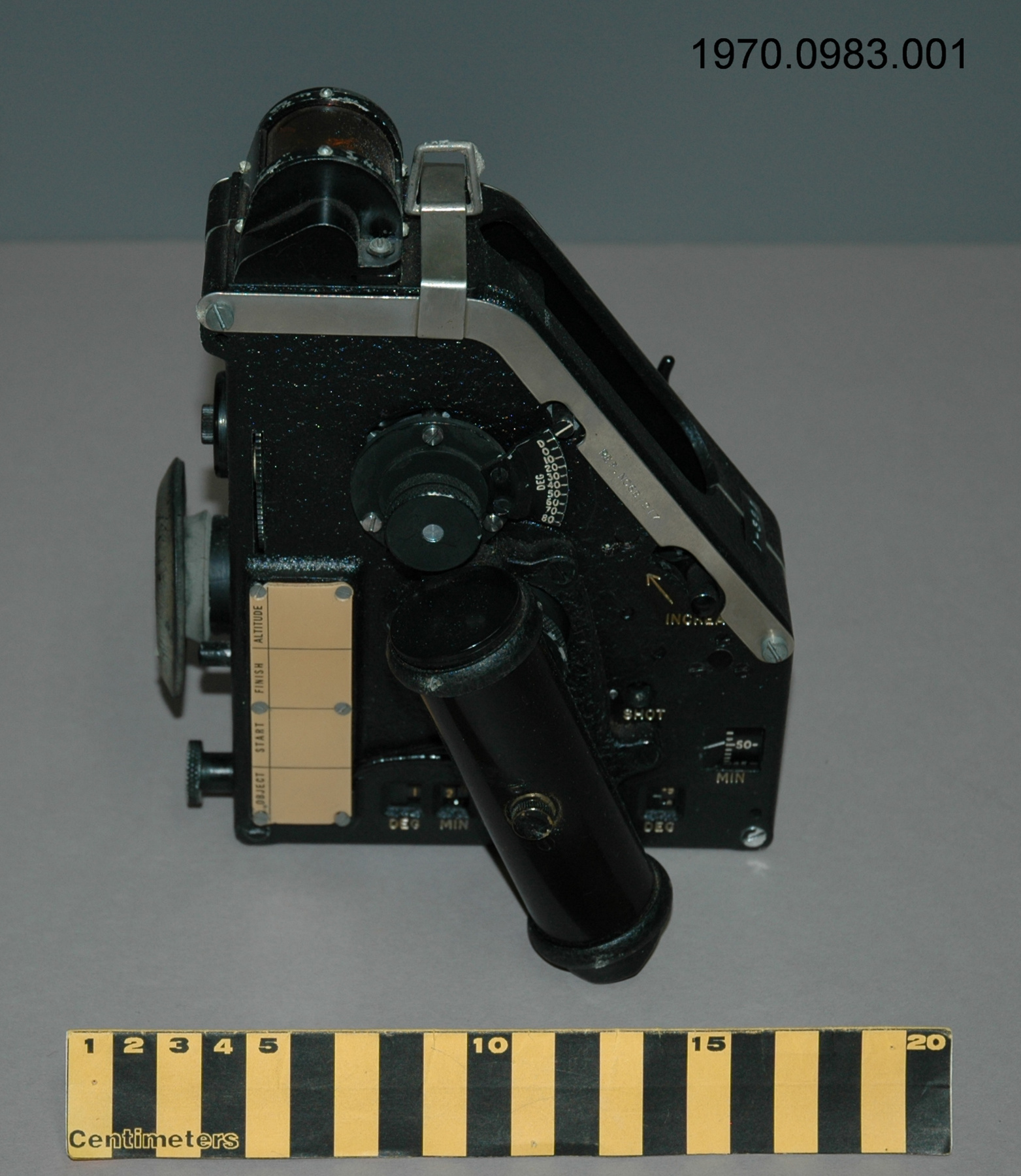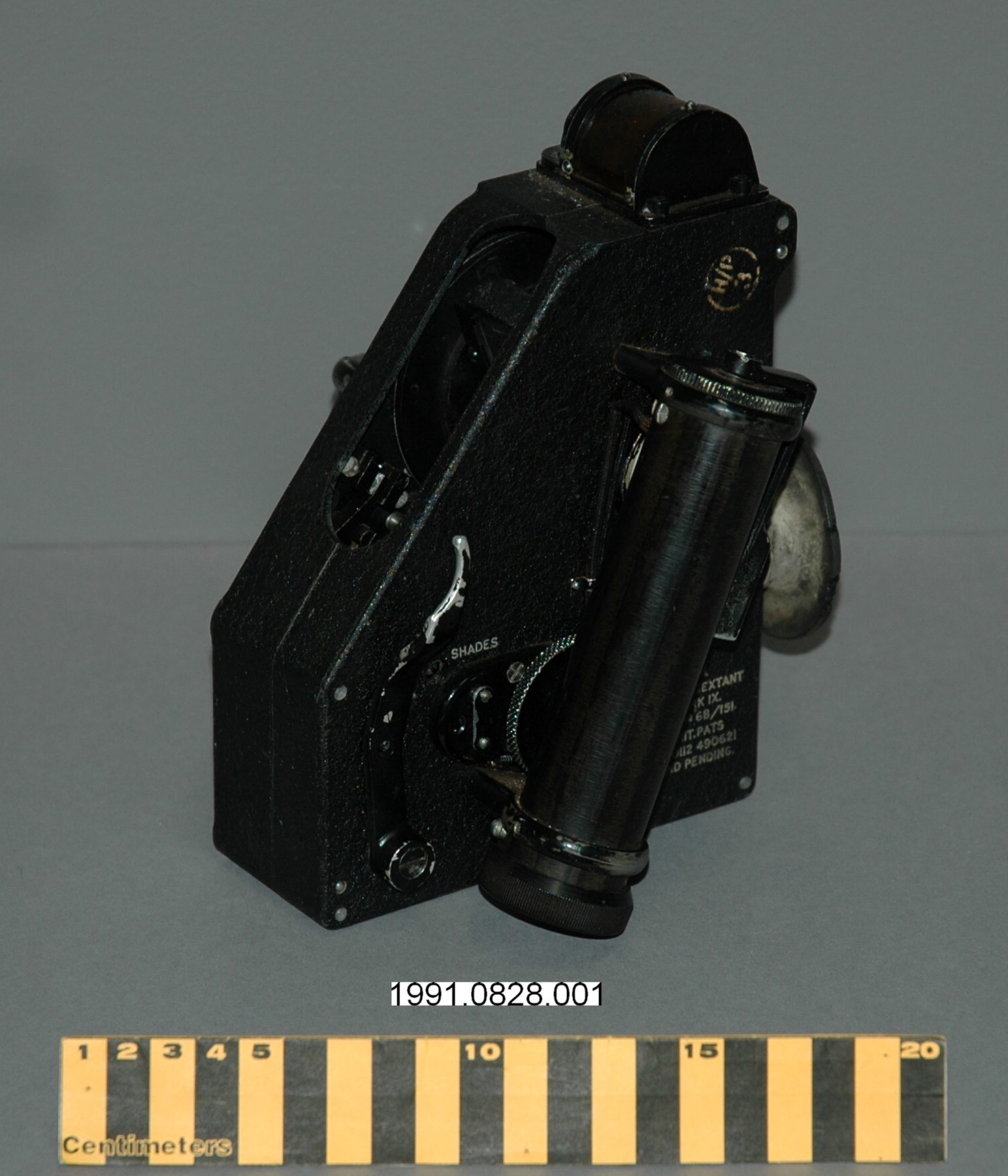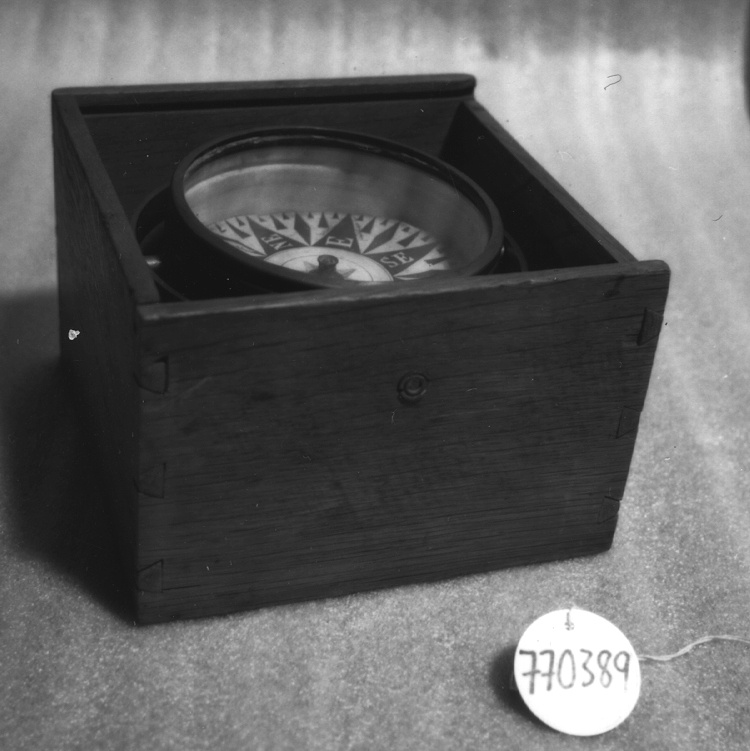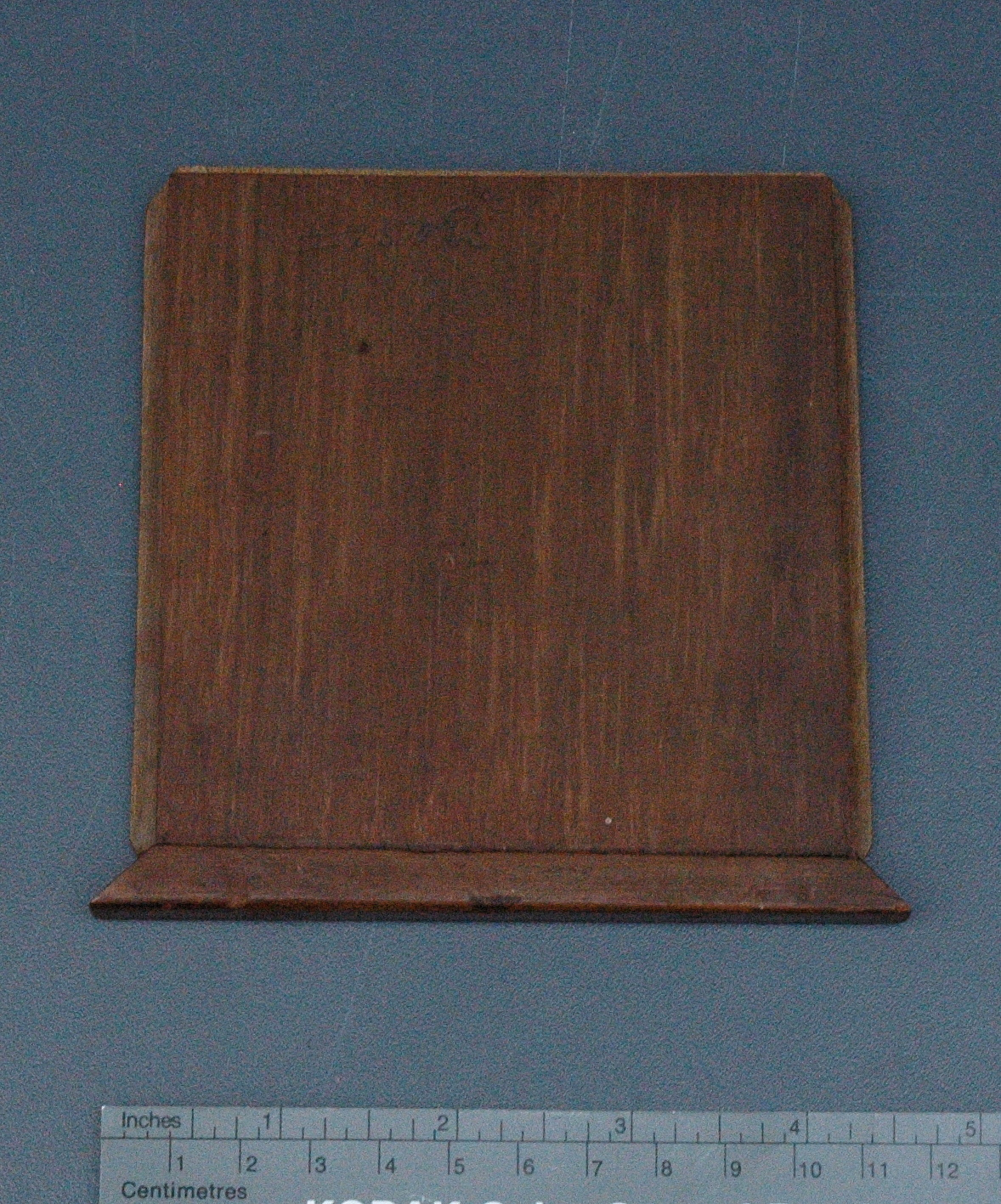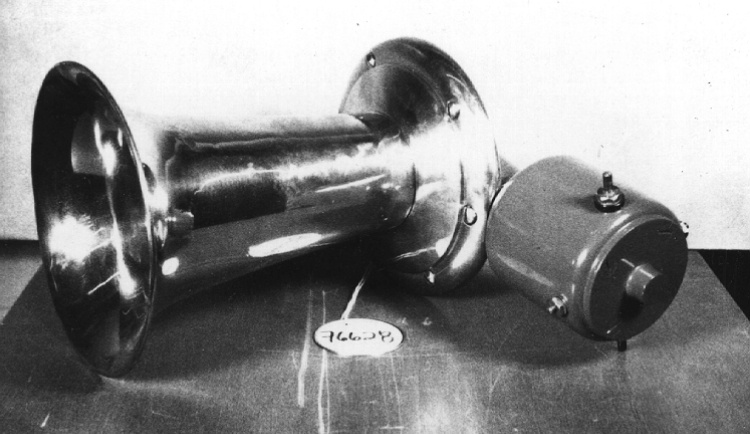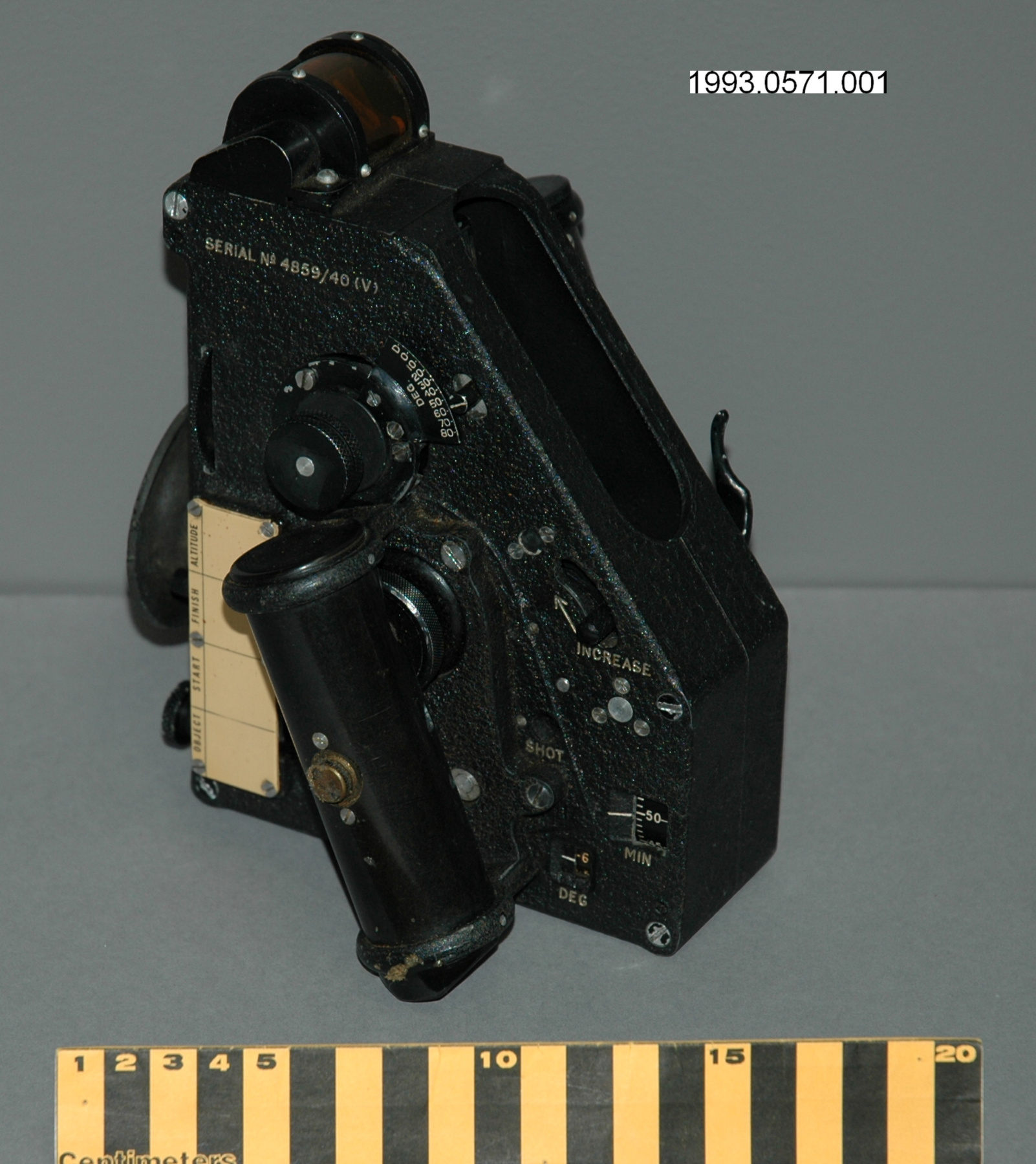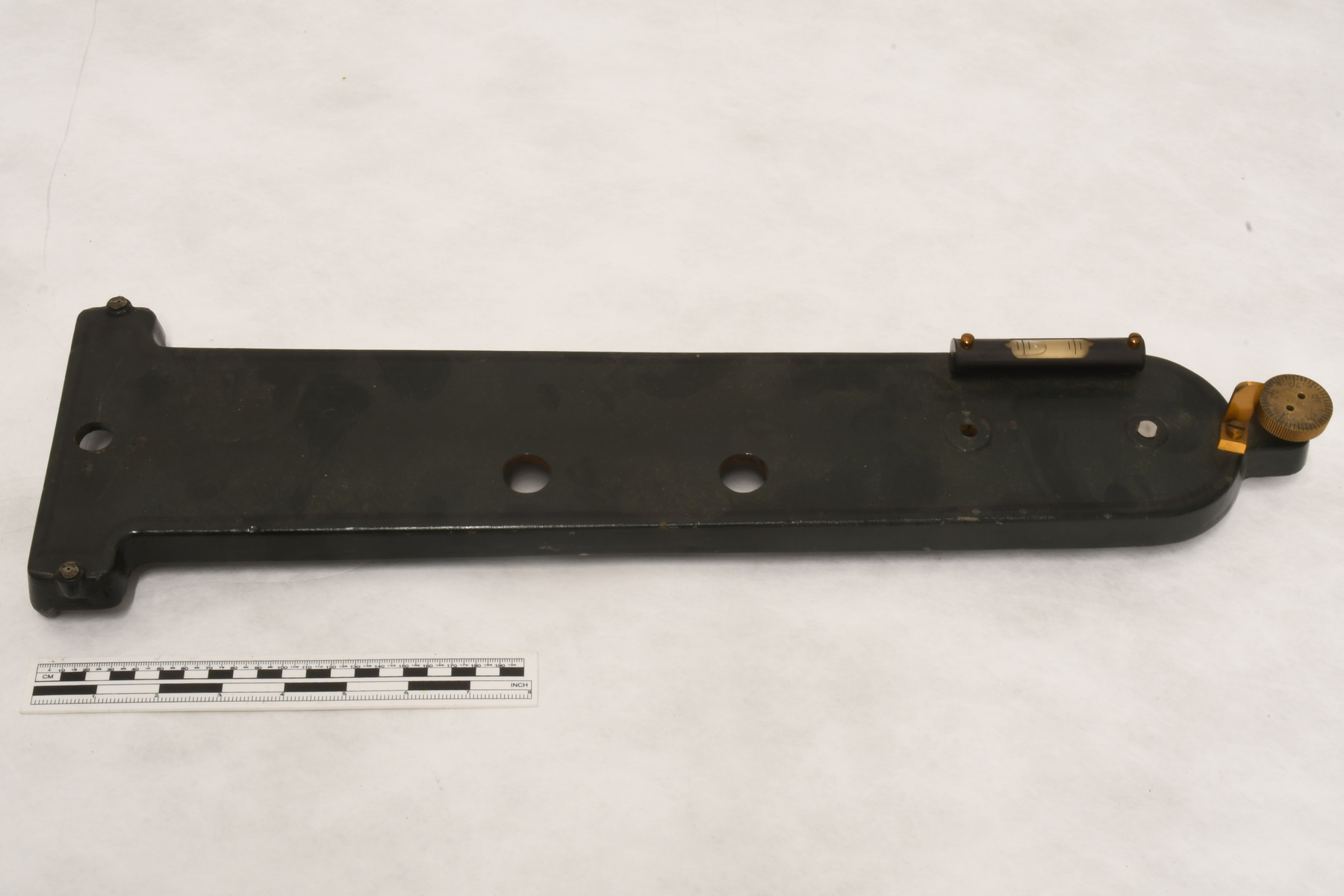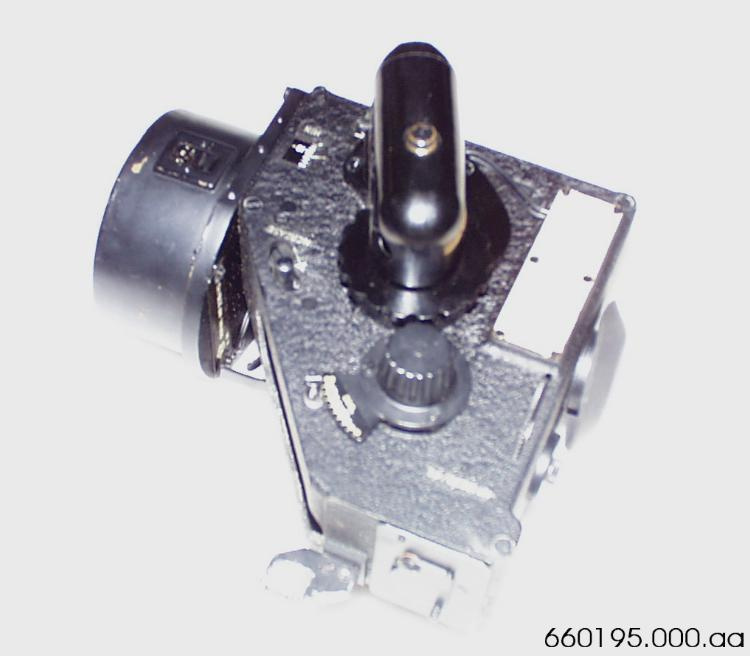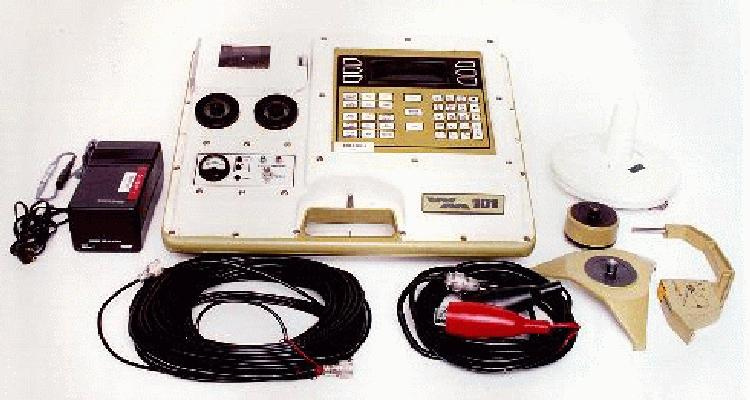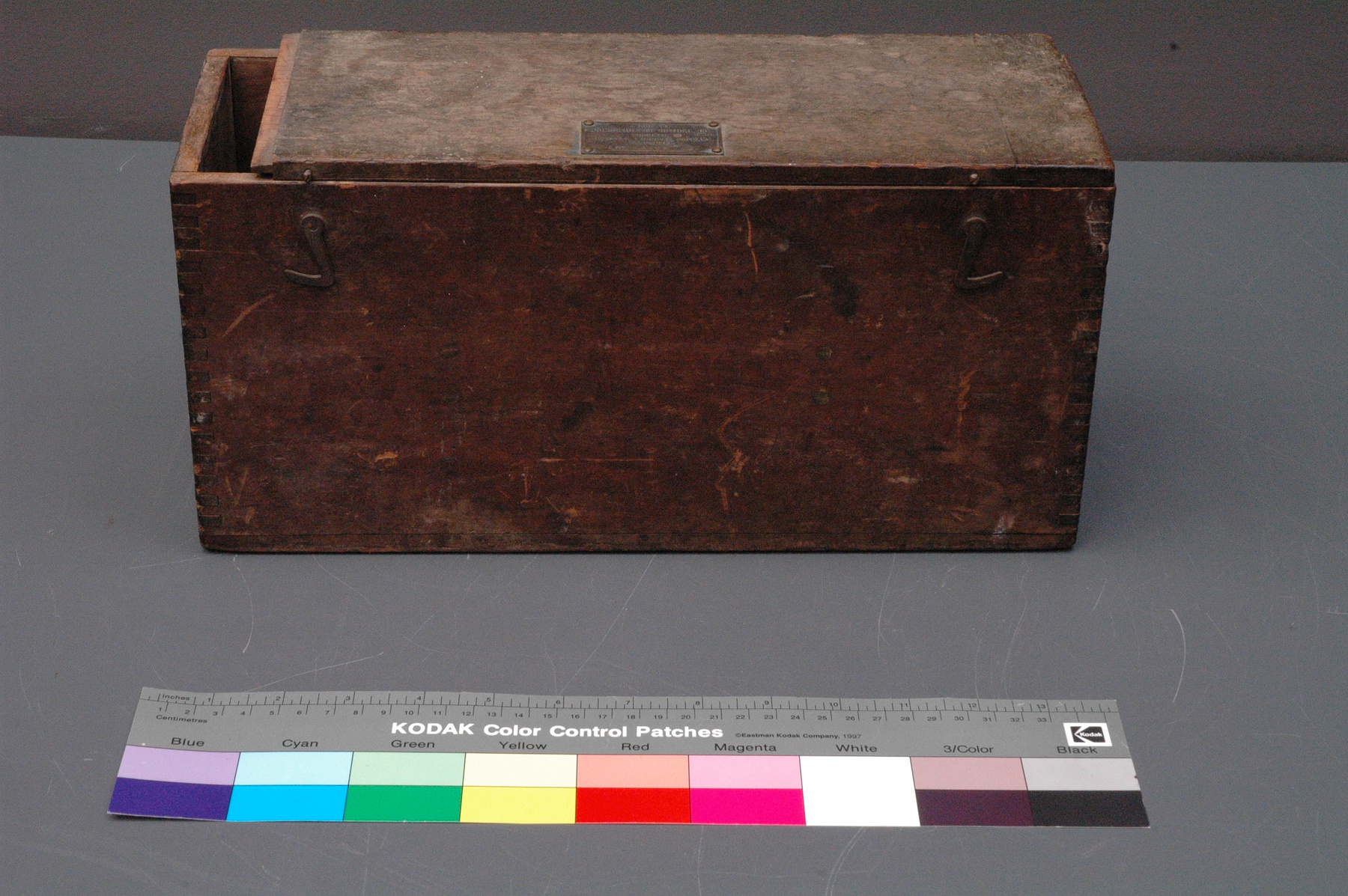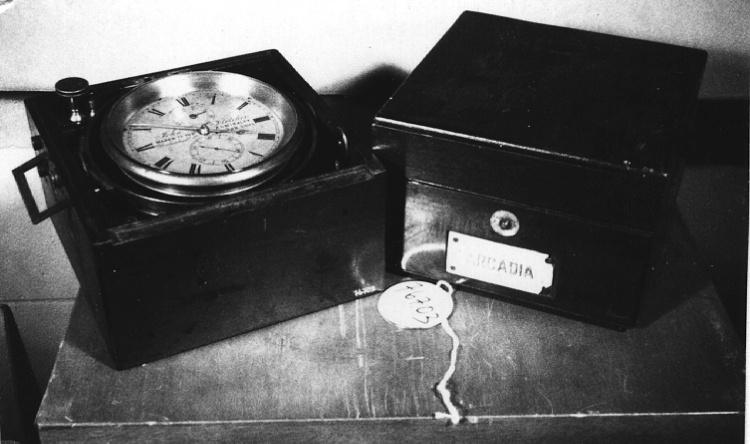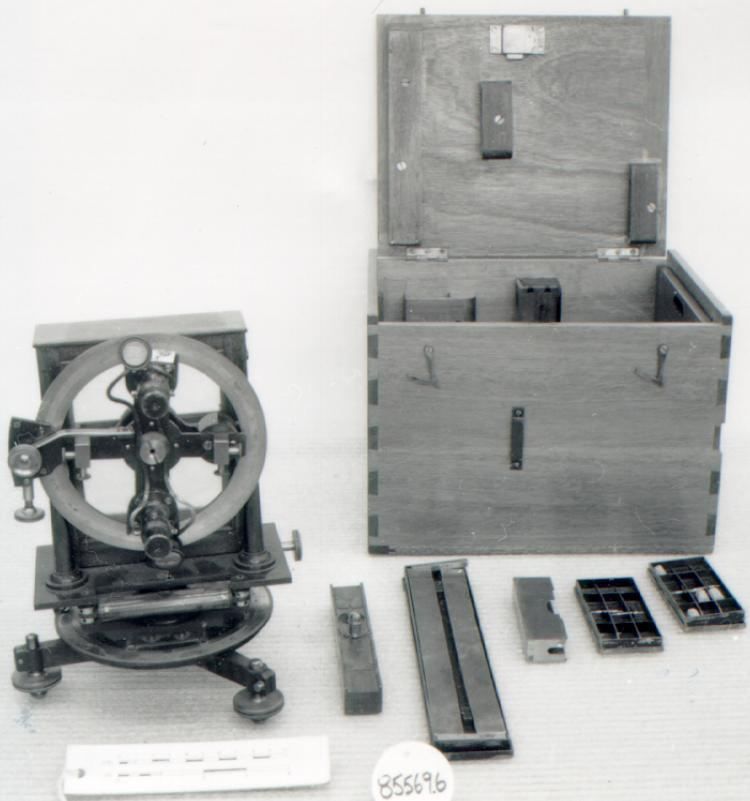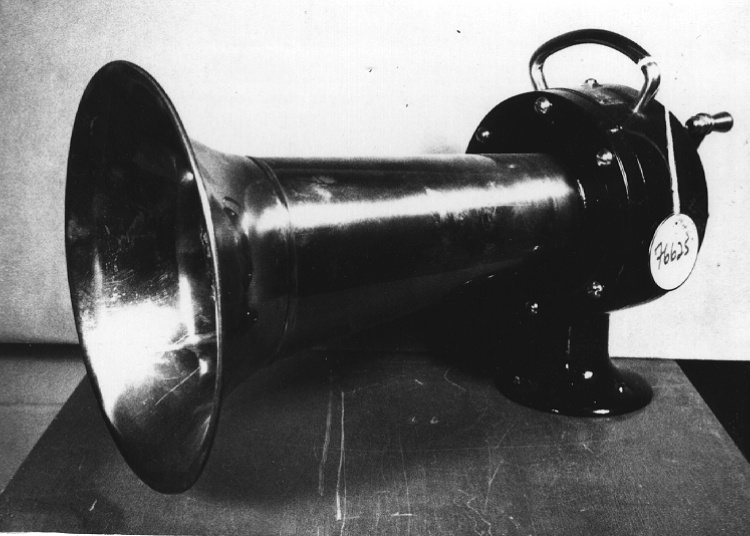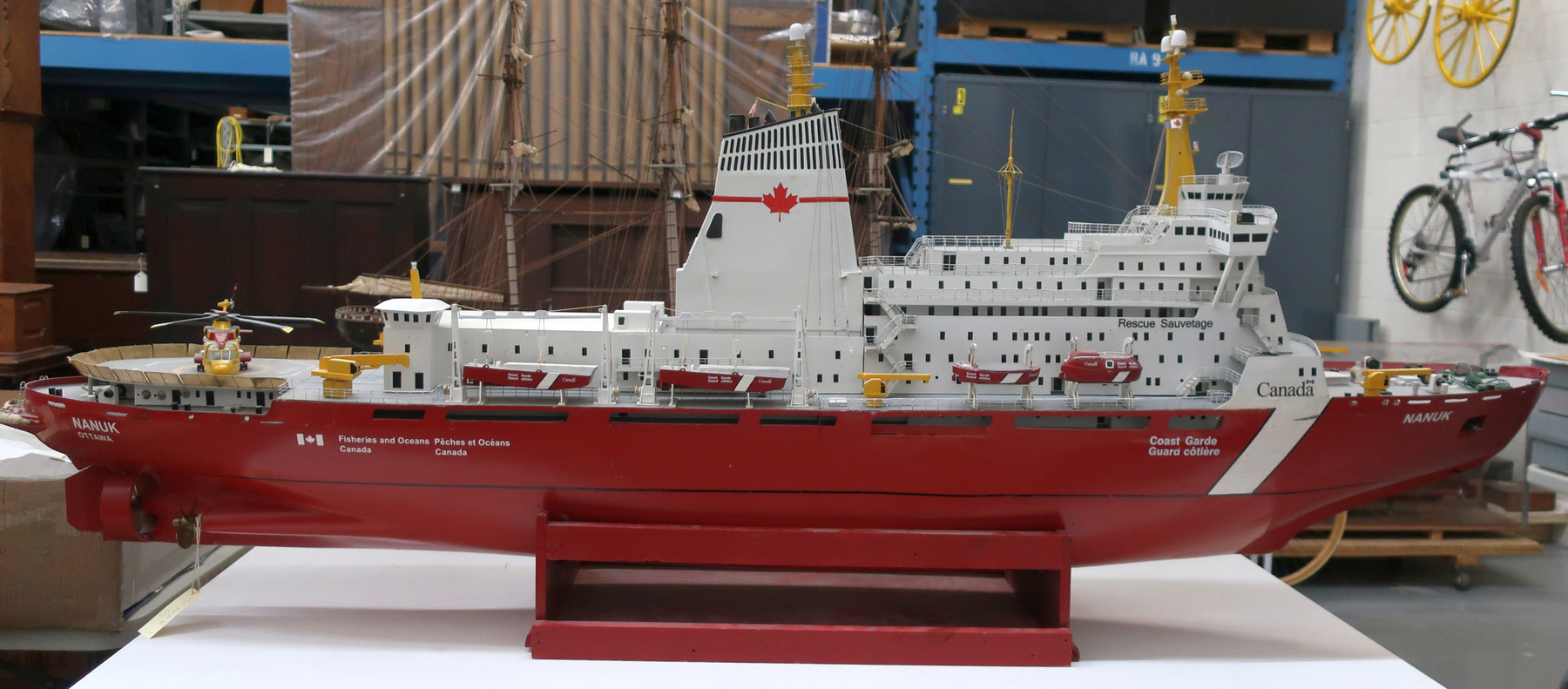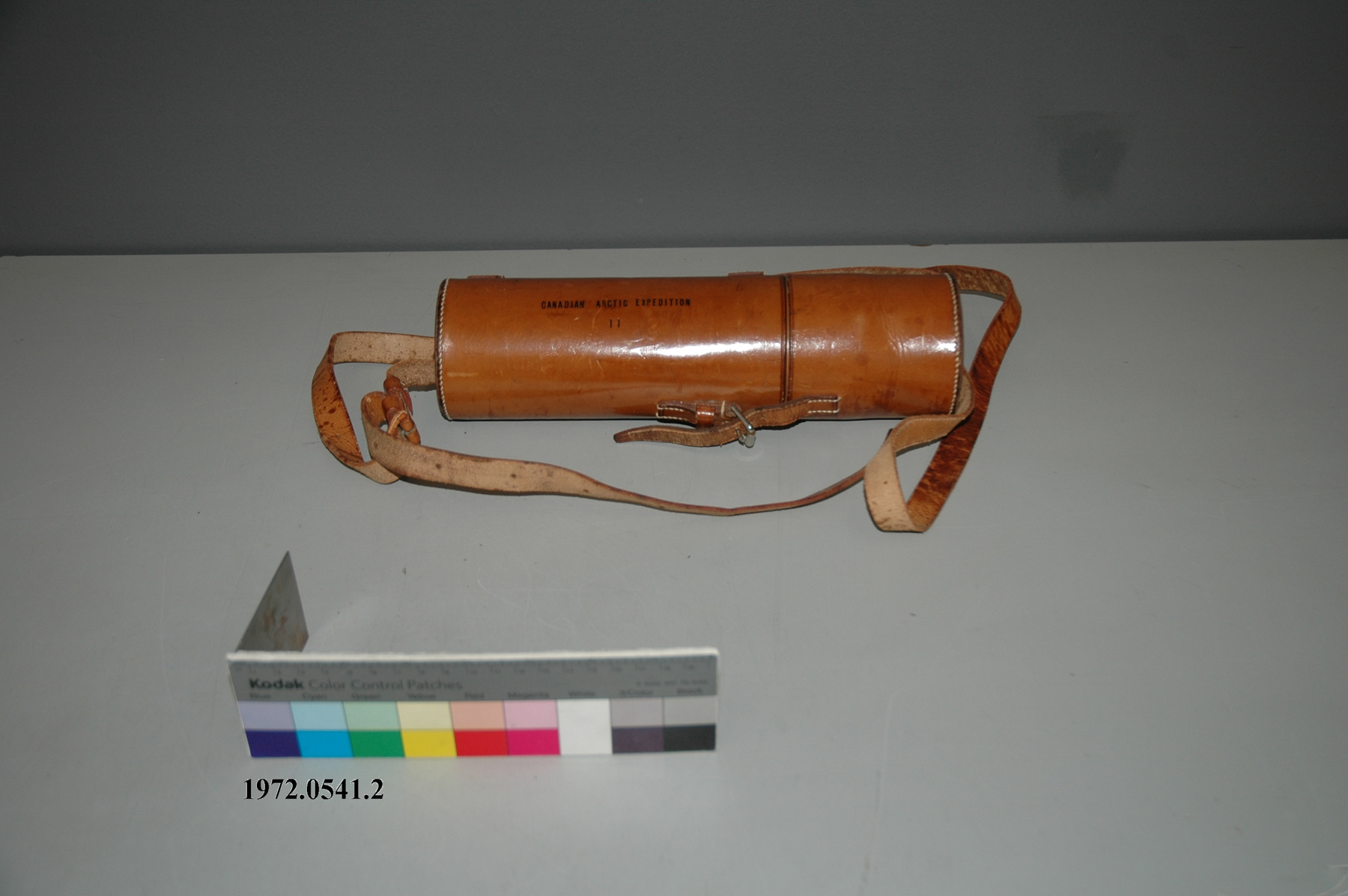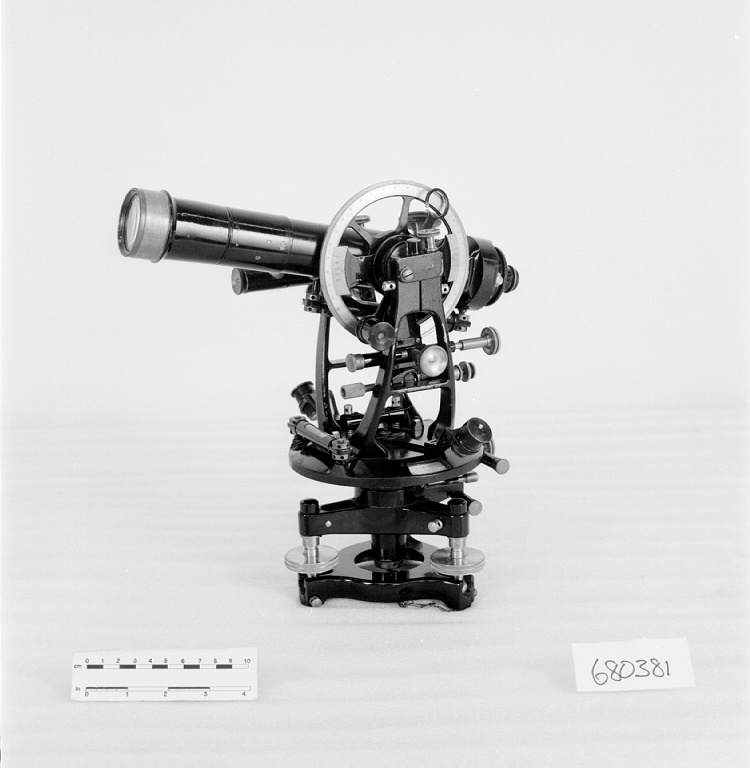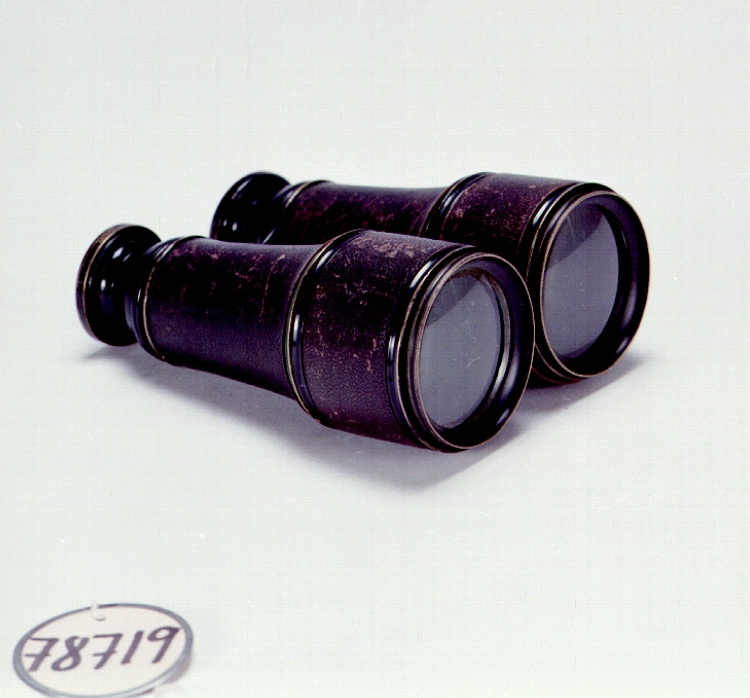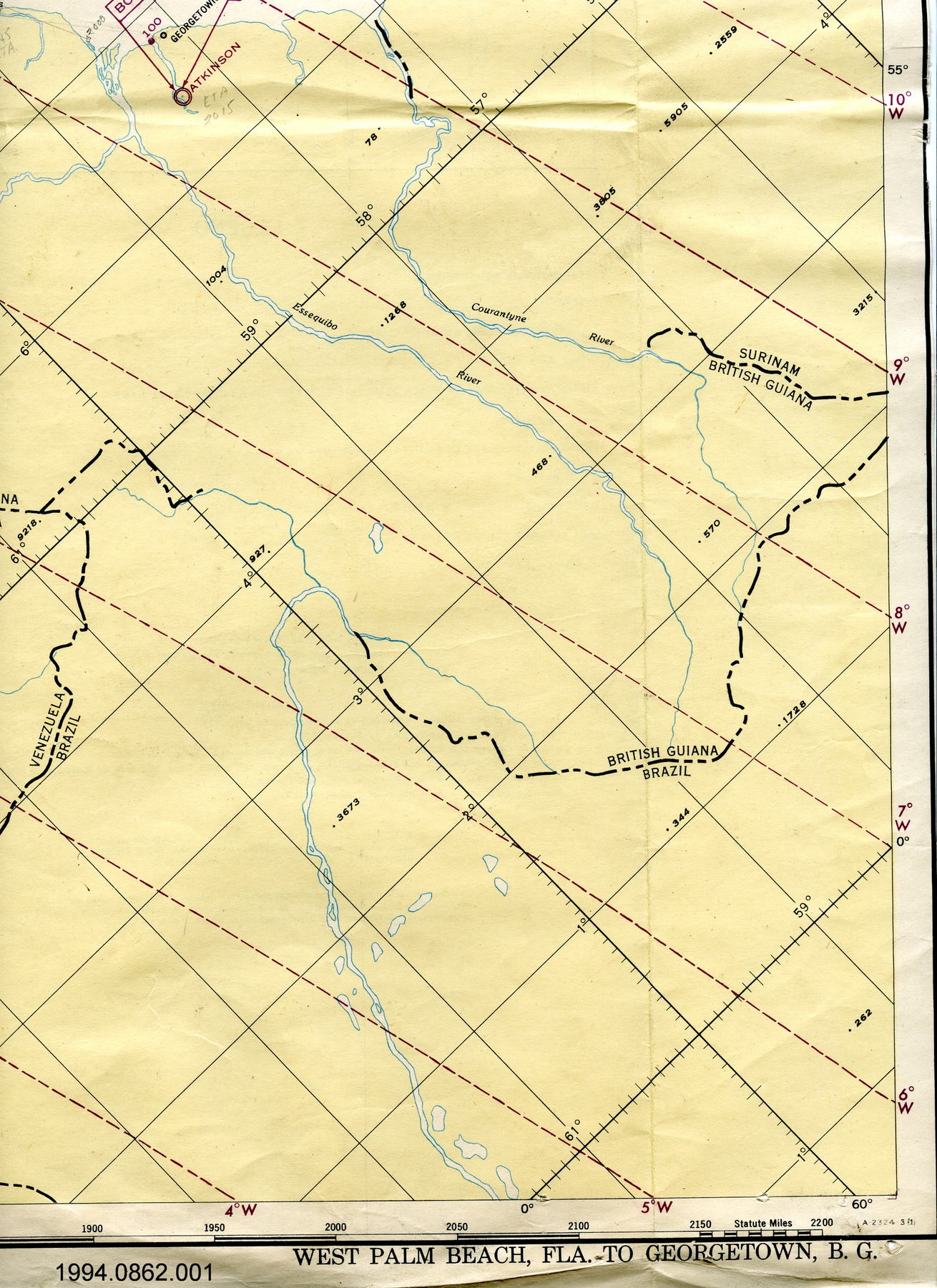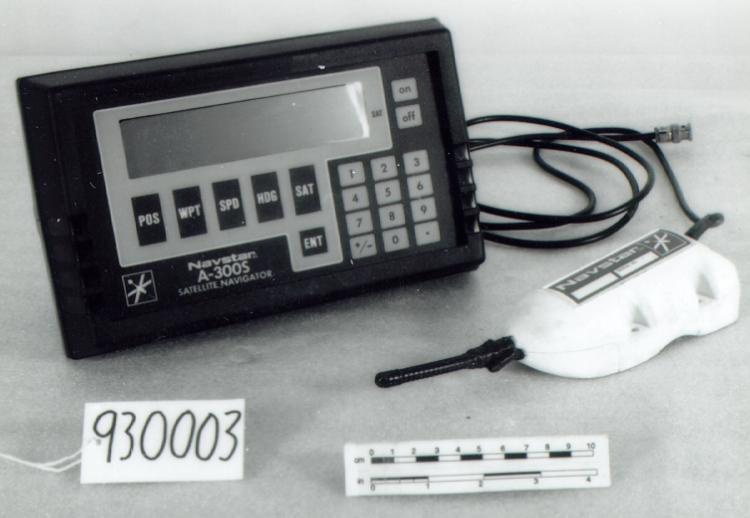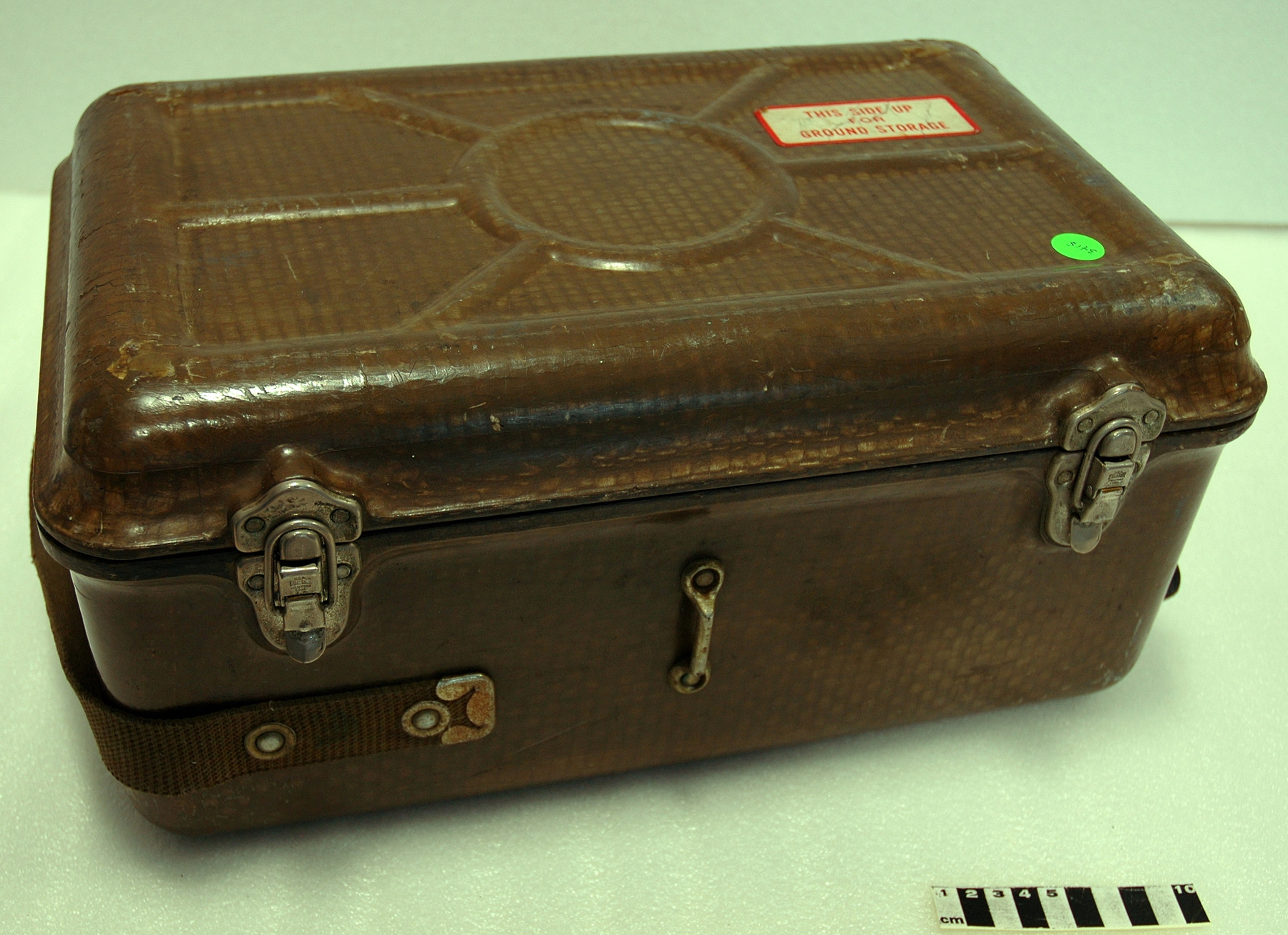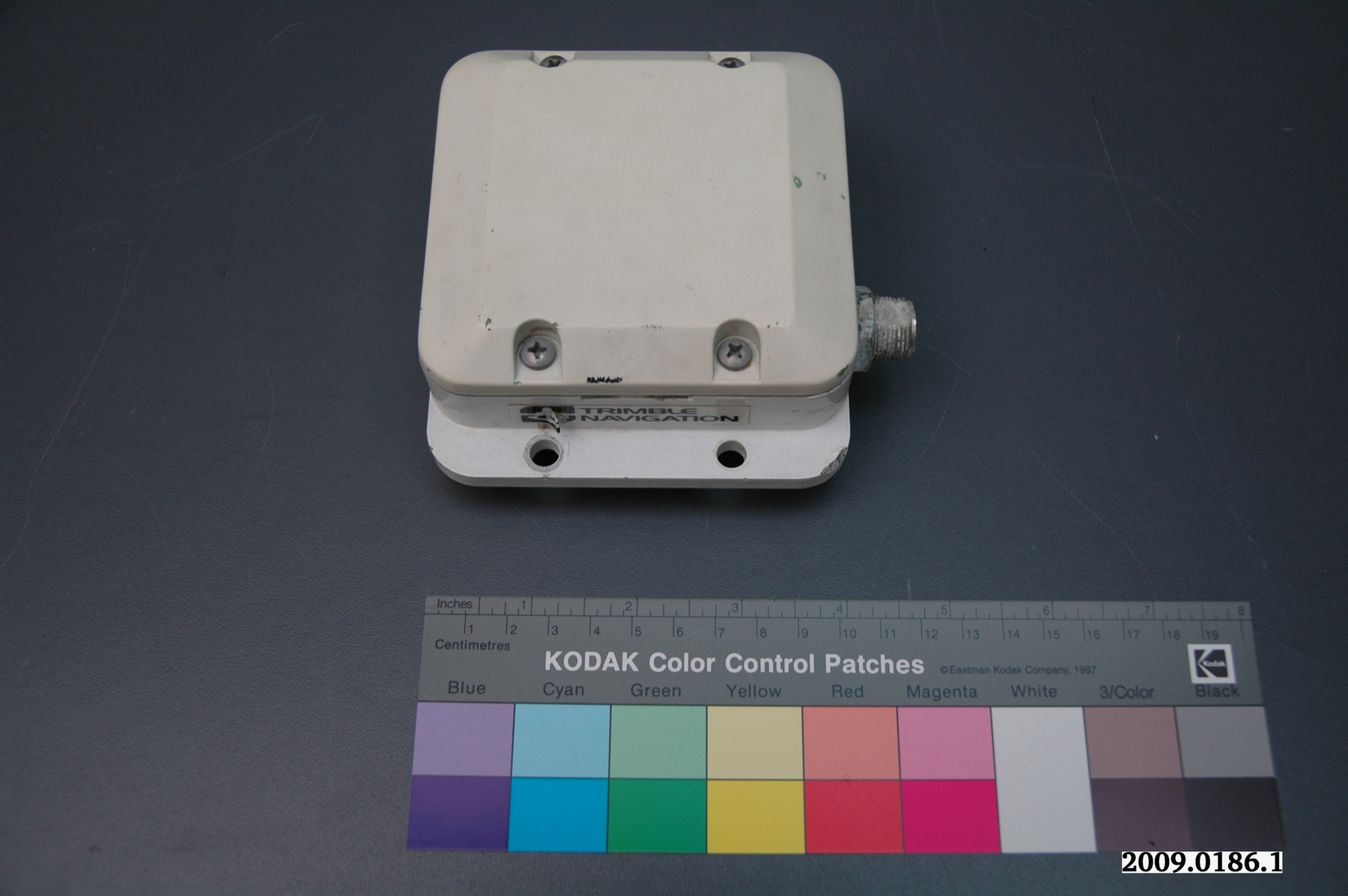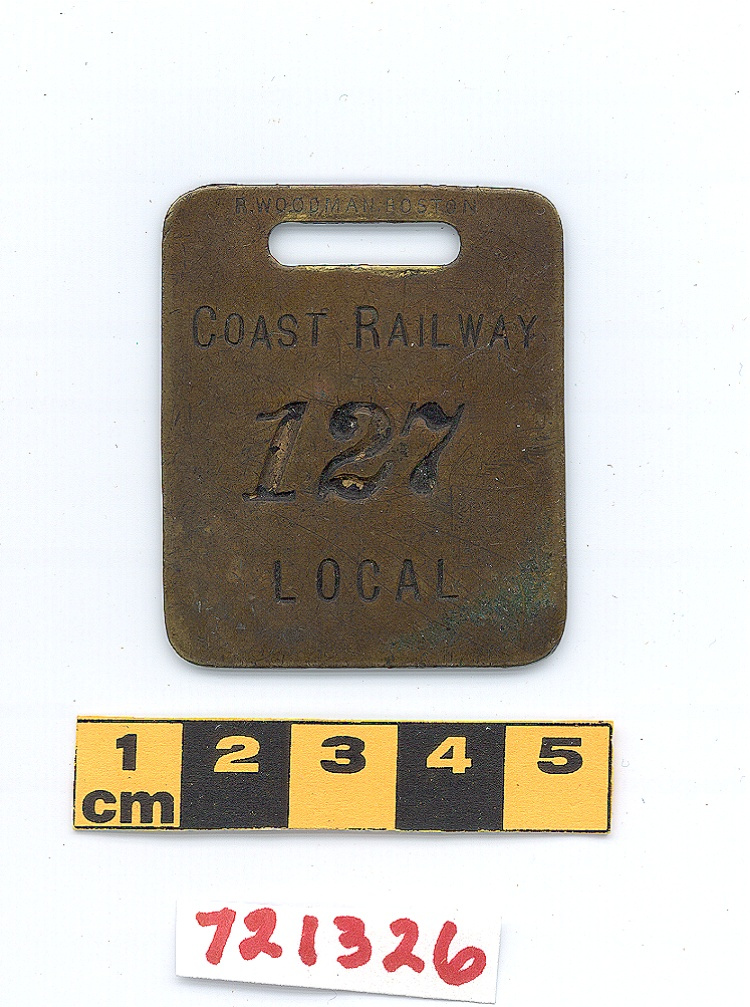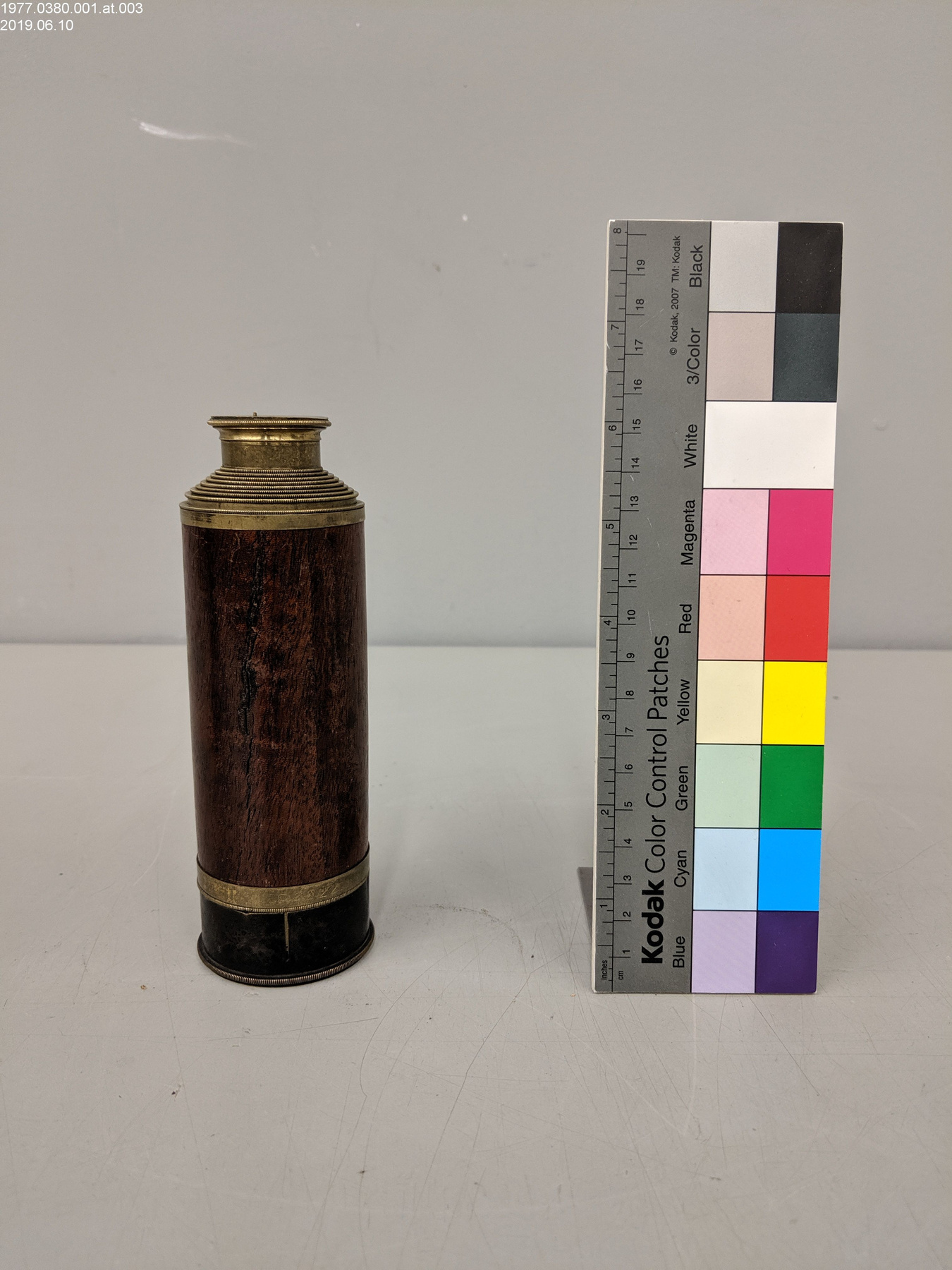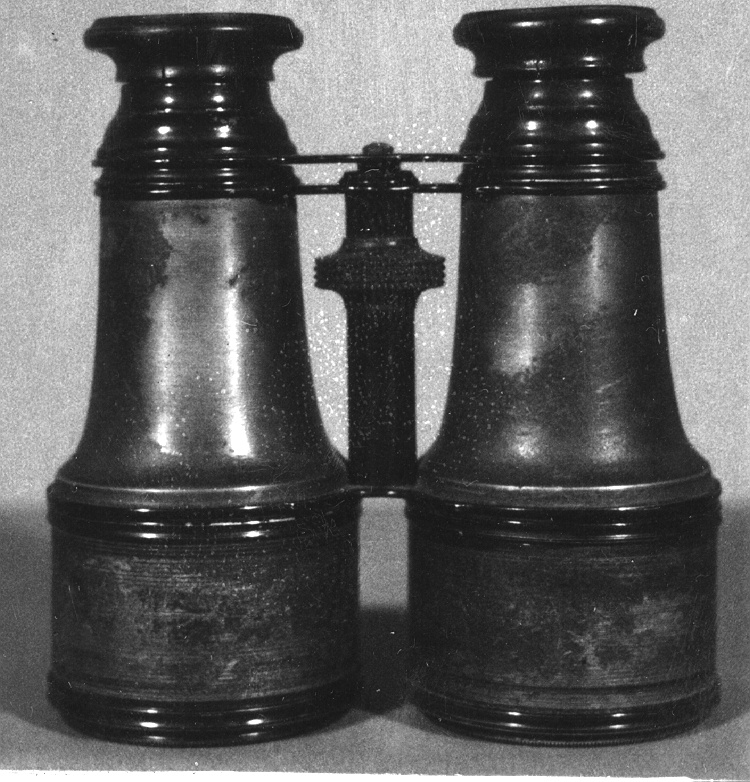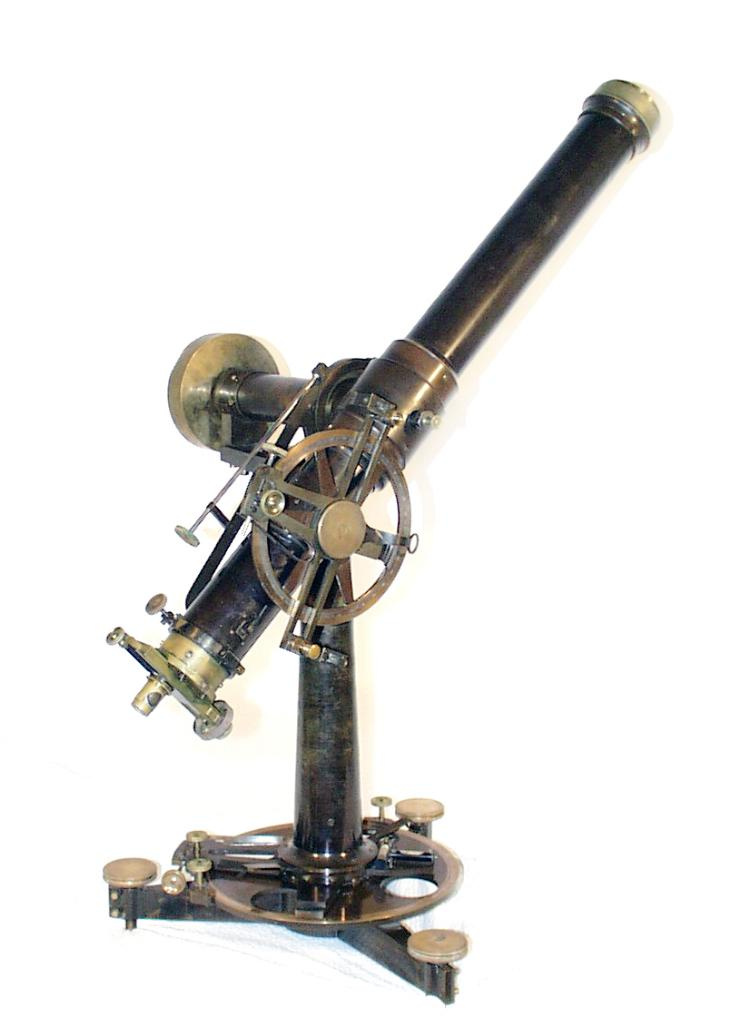Case, sextant
Use this image
Can I reuse this image without permission? Yes
Object images on the Ingenium Collection’s portal have the following Creative Commons license:
Copyright Ingenium / CC BY-NC-ND (Attribution-NonCommercial 4.0 International (CC BY-NC 4.0)
ATTRIBUTE THIS IMAGE
Ingenium,
2018.0111.008
Permalink:
Ingenium is releasing this image under the Creative Commons licensing framework, and encourages downloading and reuse for non-commercial purposes. Please acknowledge Ingenium and cite the artifact number.
DOWNLOAD IMAGEPURCHASE THIS IMAGE
This image is free for non-commercial use.
For commercial use, please consult our Reproduction Fees and contact us to purchase the image.
- OBJECT TYPE
- hard bodied/hinged lid
- DATE
- 1785
- ARTIFACT NUMBER
- 2018.0111.008
- MANUFACTURER
- Unknown
- MODEL
- Unknown
- LOCATION
- Unknown
More Information
General Information
- Serial #
- N/A
- Part Number
- 8
- Total Parts
- 8
- AKA
- N/A
- Patents
- N/A
- General Description
- Wood case with metal hardware and a paper label.
Dimensions
Note: These reflect the general size for storage and are not necessarily representative of the object's true dimensions.
- Length
- 42.6 cm
- Width
- 39.4 cm
- Height
- 13.0 cm
- Thickness
- N/A
- Weight
- N/A
- Diameter
- N/A
- Volume
- N/A
Lexicon
- Group
- Marine Transportation
- Category
- Navigation instruments & equipment
- Sub-Category
- N/A
Manufacturer
- AKA
- Unknown
- Country
- Unknown
- State/Province
- Unknown
- City
- Unknown
Context
- Country
- Unknown
- State/Province
- Unknown
- Period
- Unknown
- Canada
-
A fine example of a Ramsden marine sextant of the type used by a number of prominent 18th century expeditions, notably, those of Captain James Cook (Stimson, McConnell, RMG) , and George Vancouver’s explorations of the Pacific and West coast of Canada. Prized for their accuracy, sextants such as this one would have been used by well-funded expeditions. A costly instrument at the time, a precisely divided sextant would have likely been obtained by special order, and only from the most skilled makers of the time. Ramsden sextant no. 840 is similar to one which recently sold at auction in the Fall 2017, and inscribed ‘G. Vancouver’ (see photo below) on the index arm, and thought to have been used by George Vancouver, a midshipman on Cook’s second and third voyages (Discovery 1772-75 and 1776-79) to the Pacific and Canada’s West coast. Vancouver’s later voyages to explore the West coast of Canada ‘provided the basis for Britain’s claim to the area’ (Babaian, Transformation Series 14), and his skilled use of precision navigation instruments for survey would have contributed to mapping the region. (From Acquisition Proposal, see Ref. 1) - Function
-
To store and protect a sextant and its accompanying accessories when not in use. - Technical
-
This marine sextant with telescope, in fitted wooden case, signed ‘Ramsden, London’, ca. 1785, is a 12-inch radius instrument made of brass, unpolished, and bearing serial no. 840. Made by one of the most skilled instrument makers of the 18th century, Ramsden sextants were prized for their craftsmanship, great accuracy and solid brass frame construction. Ranging in size from 3-inch radius pocket sextants to navigational instruments 12 to 15 inches, they consisted of brass frame designs which added structural rigidity over wooden octants, and lattice patterns dependent on uses and customer needs. This sextant is a fine example of an instrument whose graduations seen on the arc were divided by Ramsden’s circular dividing engine. Considered a milestone in instrument making, Ramsden’s dividing engine, introduced about 1775 allowed for the mechanical and precision manufacturing of scientific and navigational instruments such as this sextant, their mass production, ever more accurate observations needed and obtained by mariners, as well as reduction in size over the Hadley octant. Sextant no. 840 is an example of a device used in conjunction with lunar tables and the lunar-distance method of determining longitude at sea associated with the quest for longitude. This shipboard navigational instrument is identified in the HA ‘Setting the Course’ (Babaian, Transformation 14) from the period of ‘Early Europeans in Northern North America’, as well as being identified as an ideal collection requirement in the CA ‘Les instruments de navigation et les aides à la navigation’ (Beauvais, Évaluation de la collection). The sextant and early serial number is also a rare variant notable for its’ transitional features in horizon mirror usage, and an interchangeable silvered and black glass index mirrors (Fig. 1). Requiring some further investigation however is the specific use of the ‘Maskelyne flap’. In a 1761 expedition to observe the Transit of Venus, Nevil Maskelyne, the Fifth Astronomer Royal took with him a sextant by John Bird. His observations using the Bird sextant would eventually prove the theory of the lunar-distance method of determining longitude at sea. Maskelyne was awarded a small purse by the British Board of Longitudes for this contribution in solving the longitude problem. More questions however: were the index mirrors used specifically to sight the Moon? On what instrument was the first known use of the ‘Maskelyne flap’? What exchanges existed, if any, between the Astronomer Royal Maskelyne and instrument maker Ramsden? In earlier sextants divided by hand, the arc of the sextant would have been placed on a circular table, and the graduations would have been cut by a steel knife whose blade was of the same thickness as the divisions. A craftsman would have held the knife at about 45o and drawn the blade towards him. Metal burrs would have been scrapped off and polished with a wet bluestone (McConnell, p.35). (From Acquisition Proposal, see Ref.1. Includes explanatory footnotes) - Area Notes
-
Unknown
Details
- Markings
- On a label on the inside of the case: "Ramsden's sextant./ June 8th. 1842./ Index [illegible] 2' ,, 26"./ to be [su][tracted"/ Note: some of the handwriting is illegible due to damage to the label.
- Missing
- Appears complete
- Finish
- Case has a dark brown exterior with some lighter patches showing through at edges and the interior is a lighter, reddish-brown unfinished wood. The hinges are dark grey on the outside but brass-coloured on the inside. There is a brass-coloured hook at the proper front of the case with a dark grey catch. There is also a beige paper label on the inside of the lid with black ink handwriting.
- Decoration
- N/A
CITE THIS OBJECT
If you choose to share our information about this collection object, please cite:
Unknown Manufacturer, Case, sextant, circa 1785, Artifact no. 2018.0111, Ingenium – Canada’s Museums of Science and Innovation, http://collections.ingeniumcanada.org/en/id/2018.0111.008/
FEEDBACK
Submit a question or comment about this artifact.
More Like This
